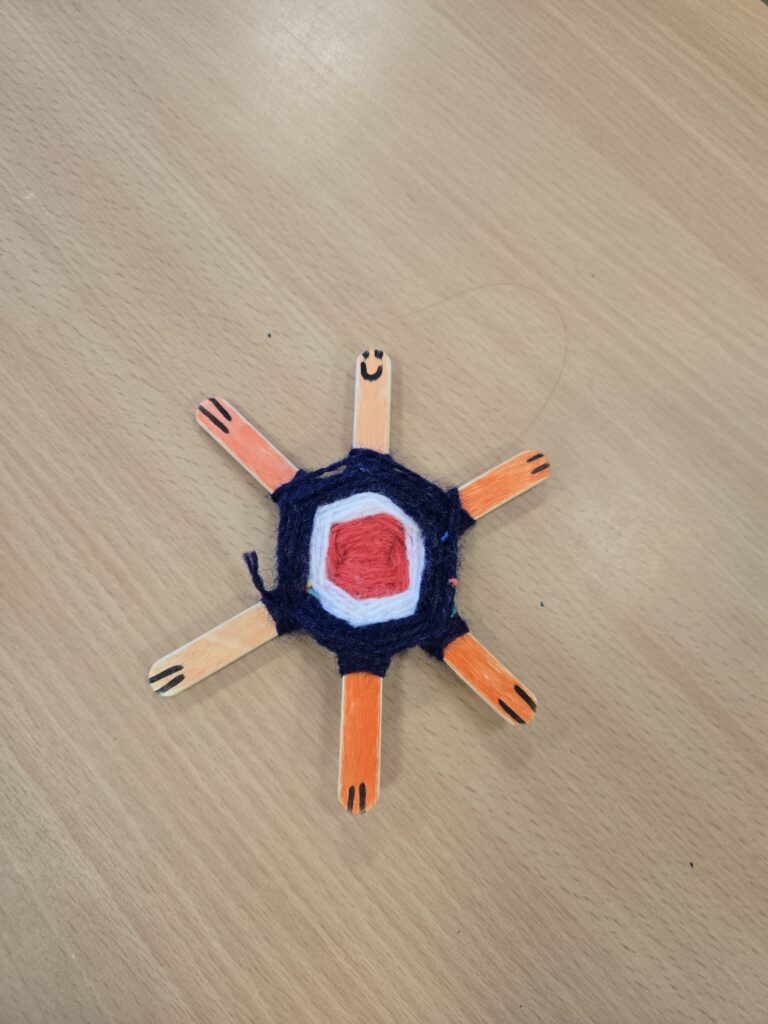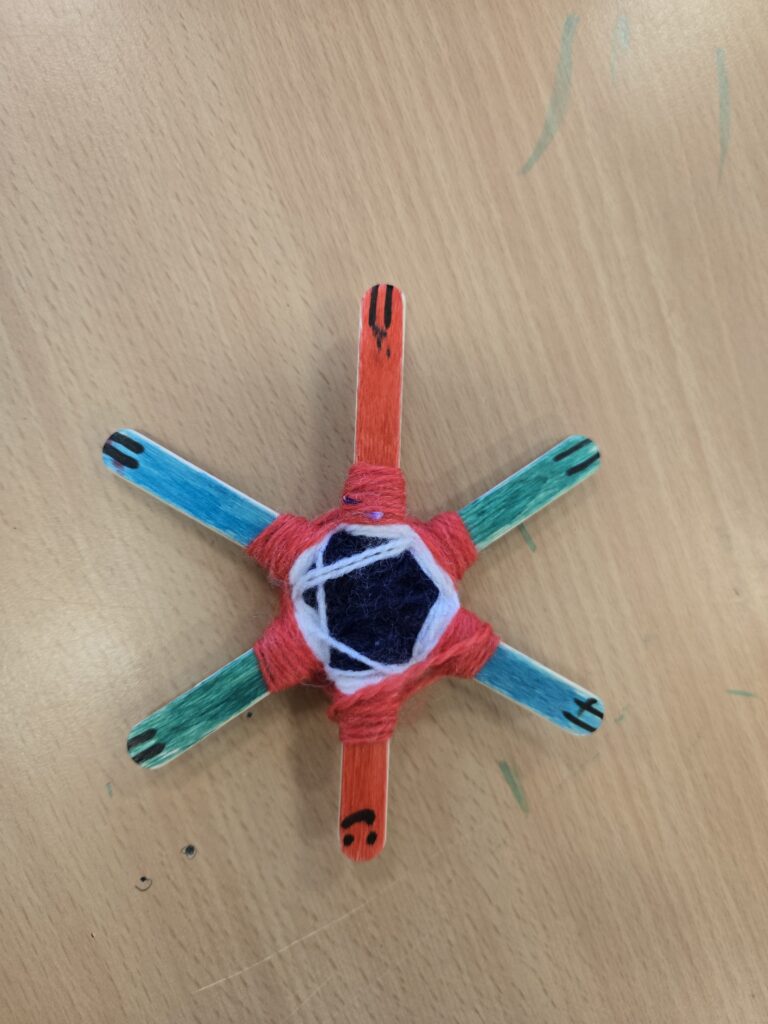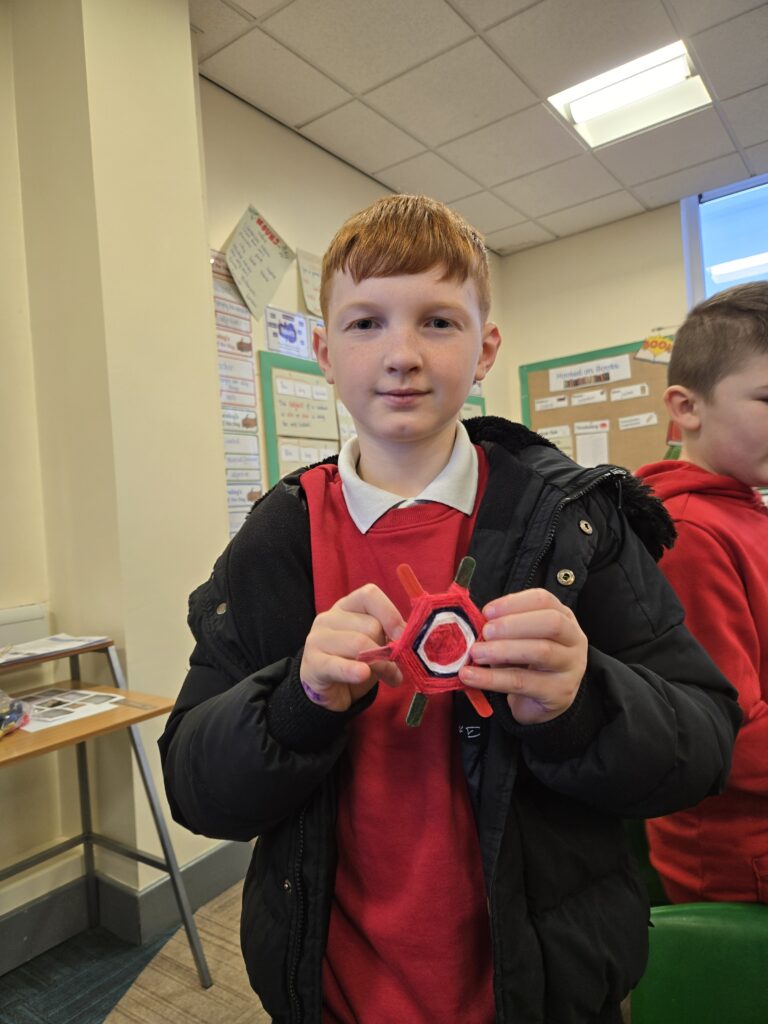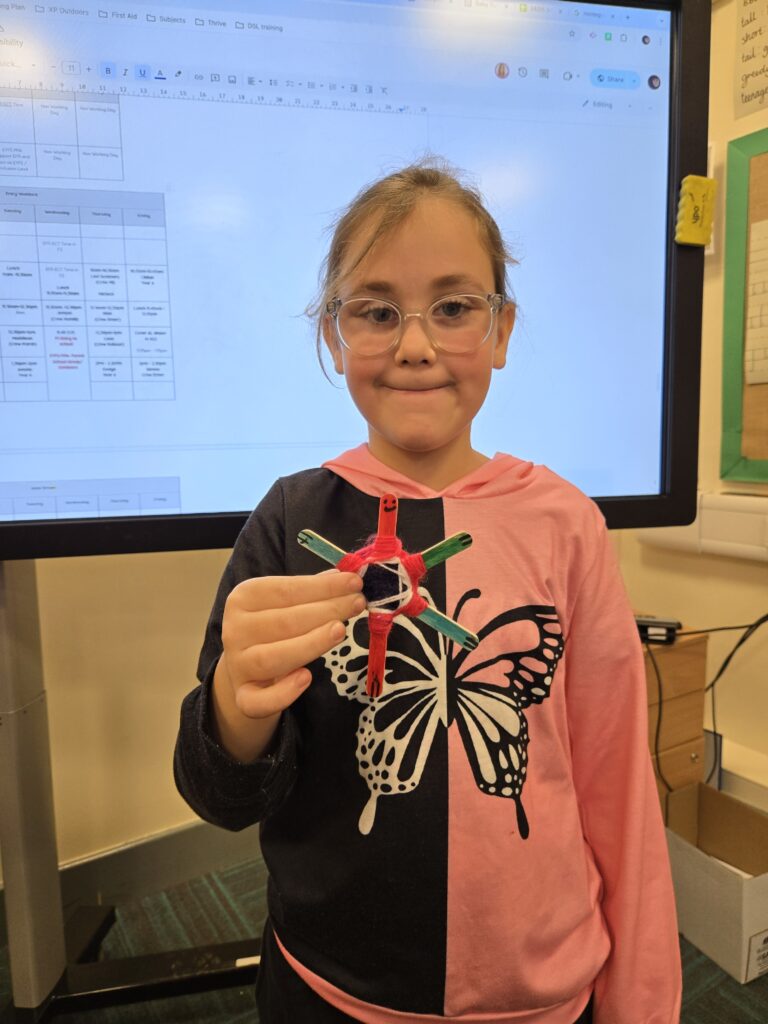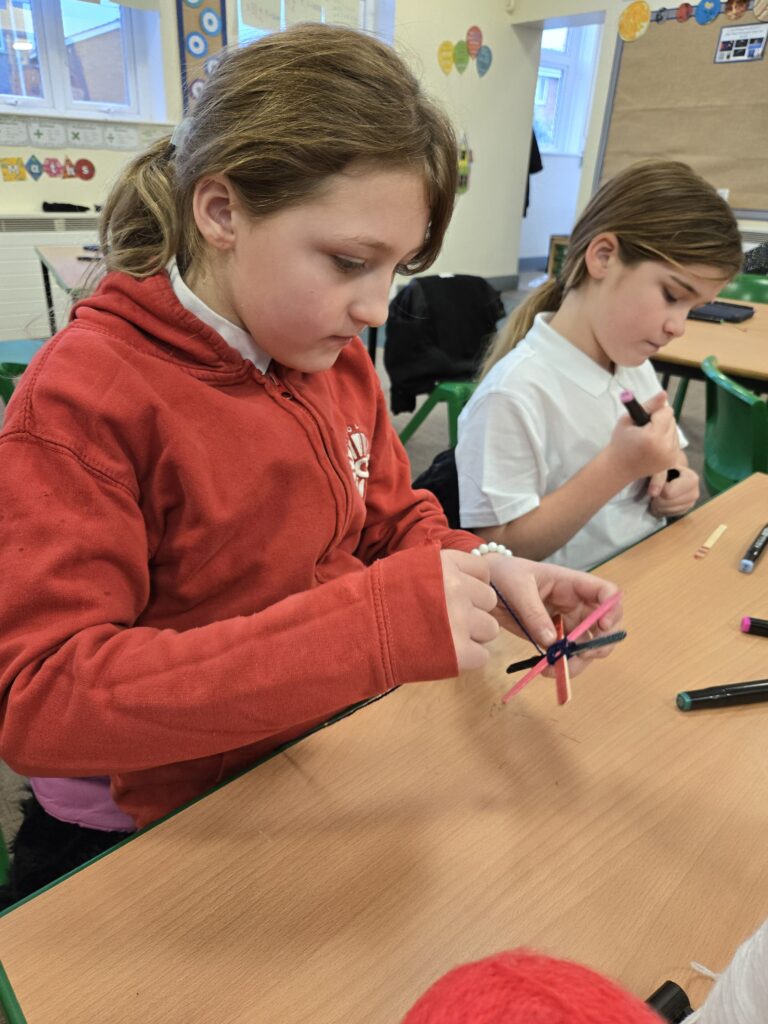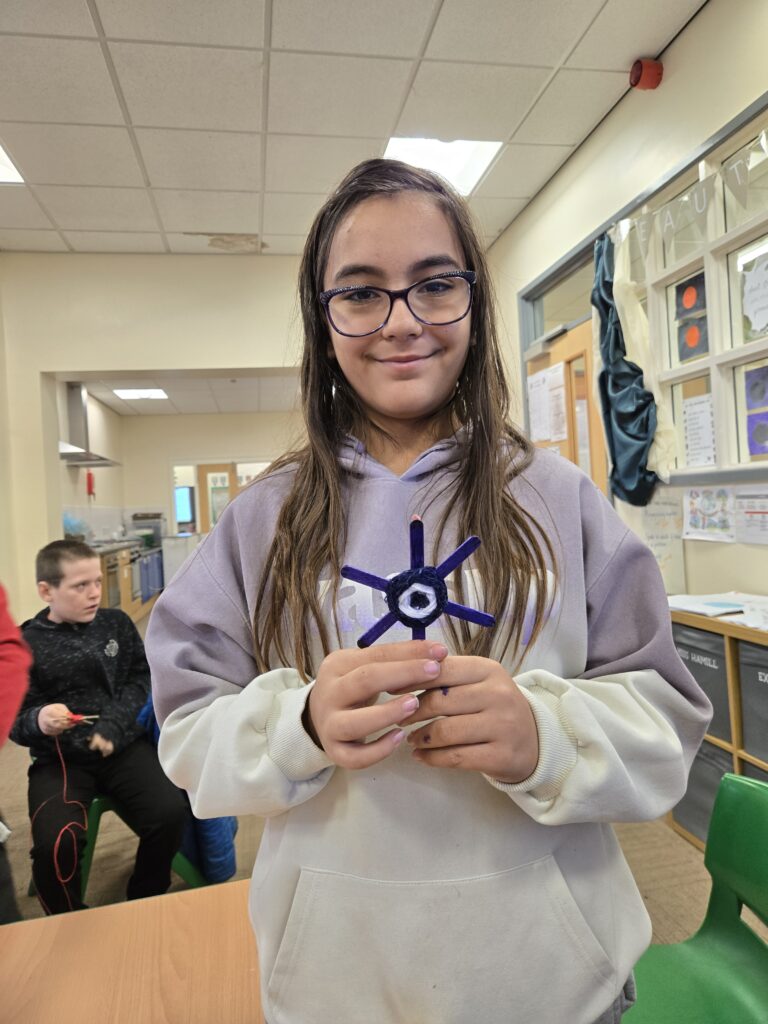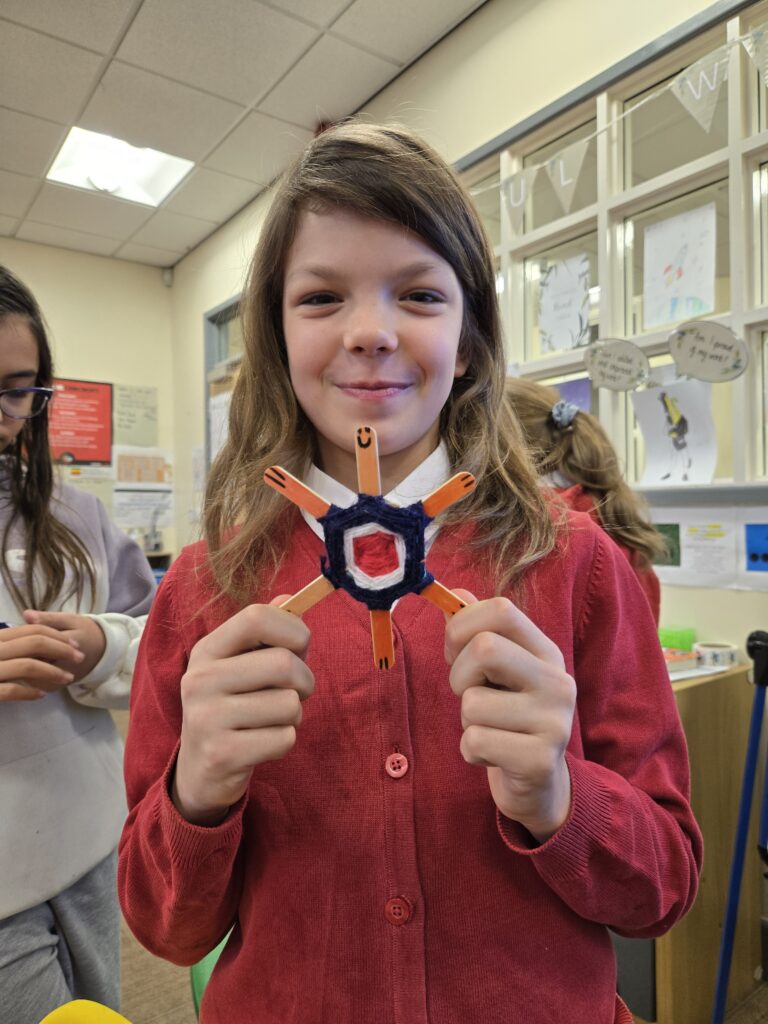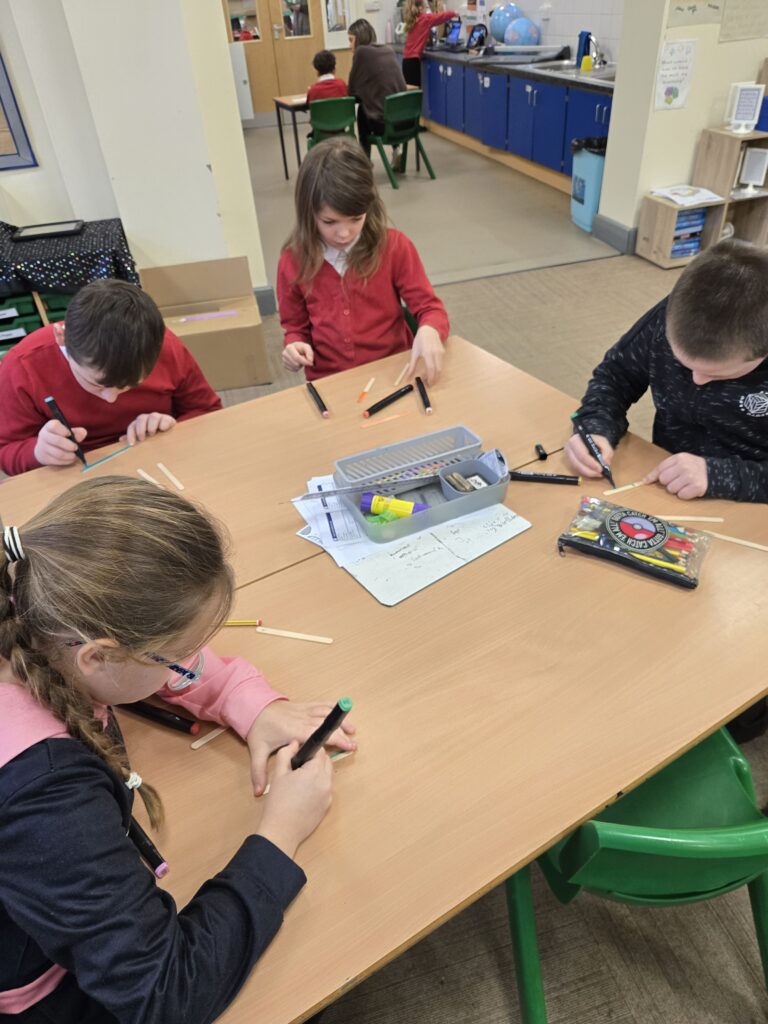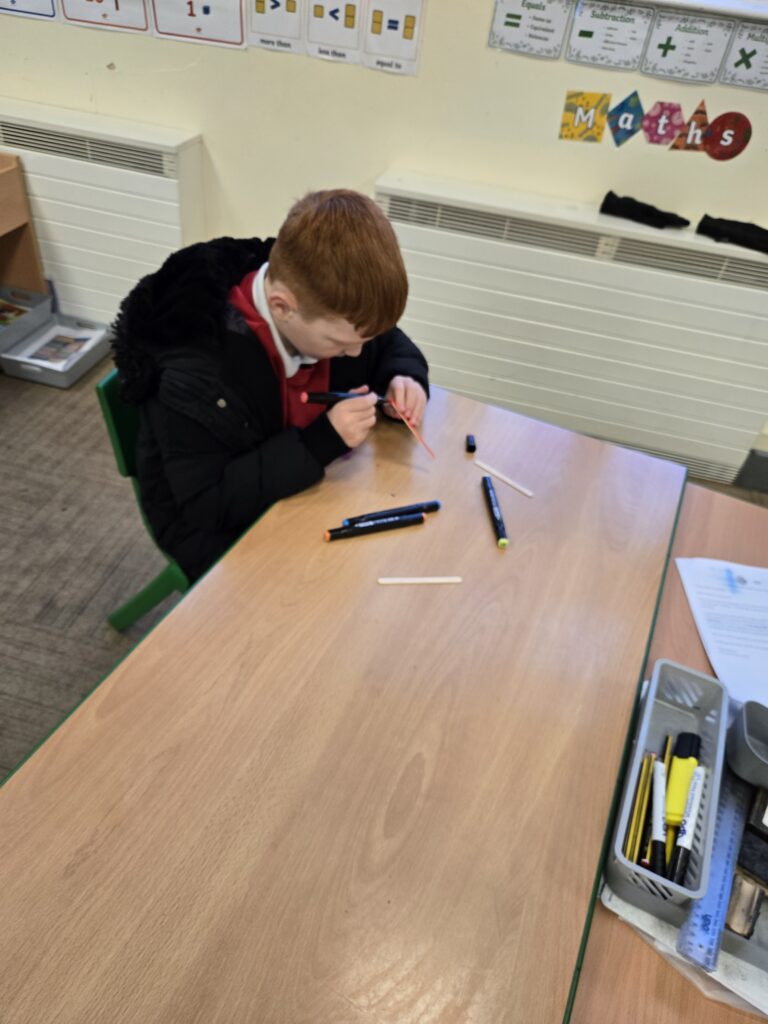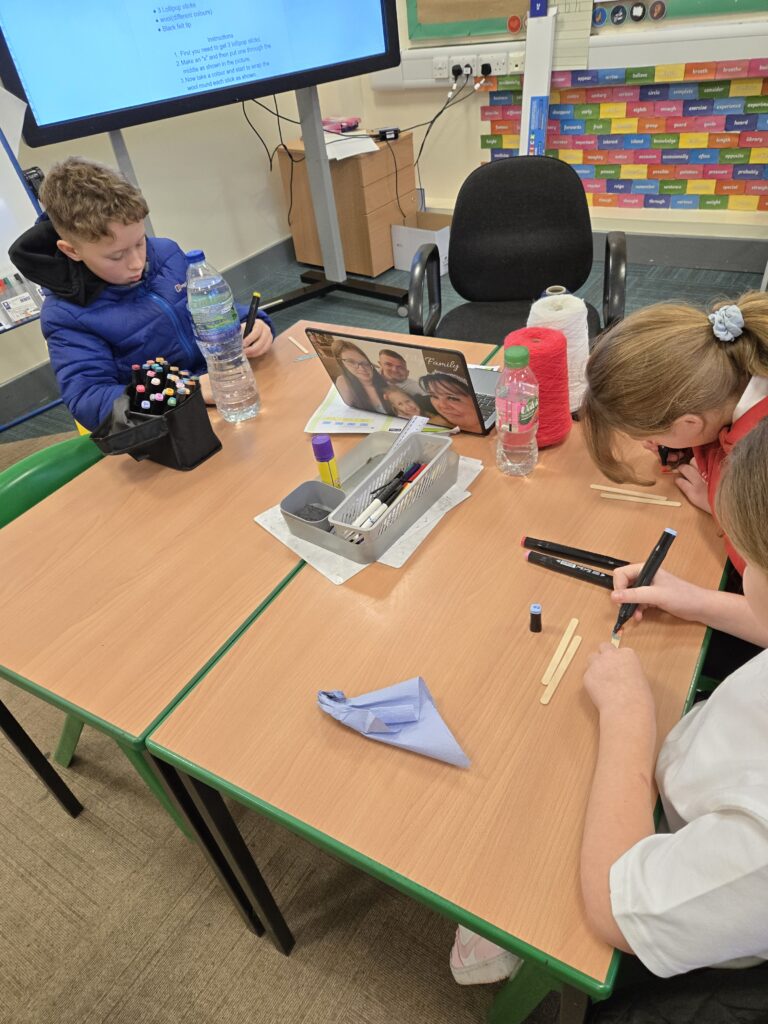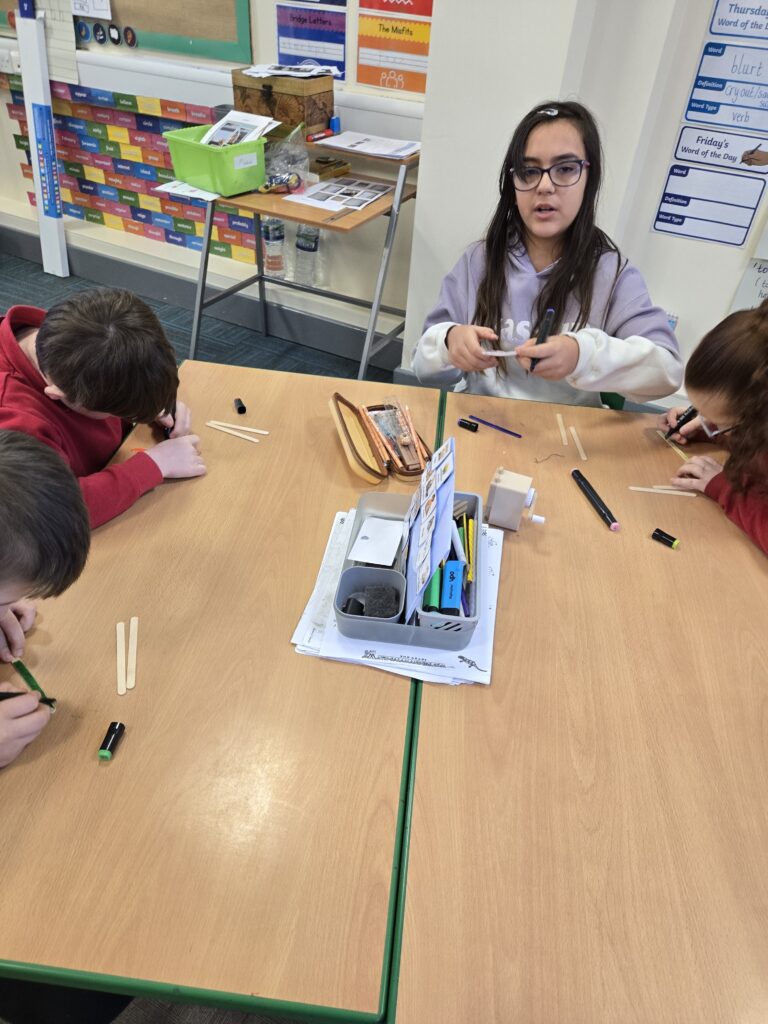Today we practised using fronted adverbials. We also tried to to consolidate our learning from yesterday by using a coordinating conjunction to extend our idea.
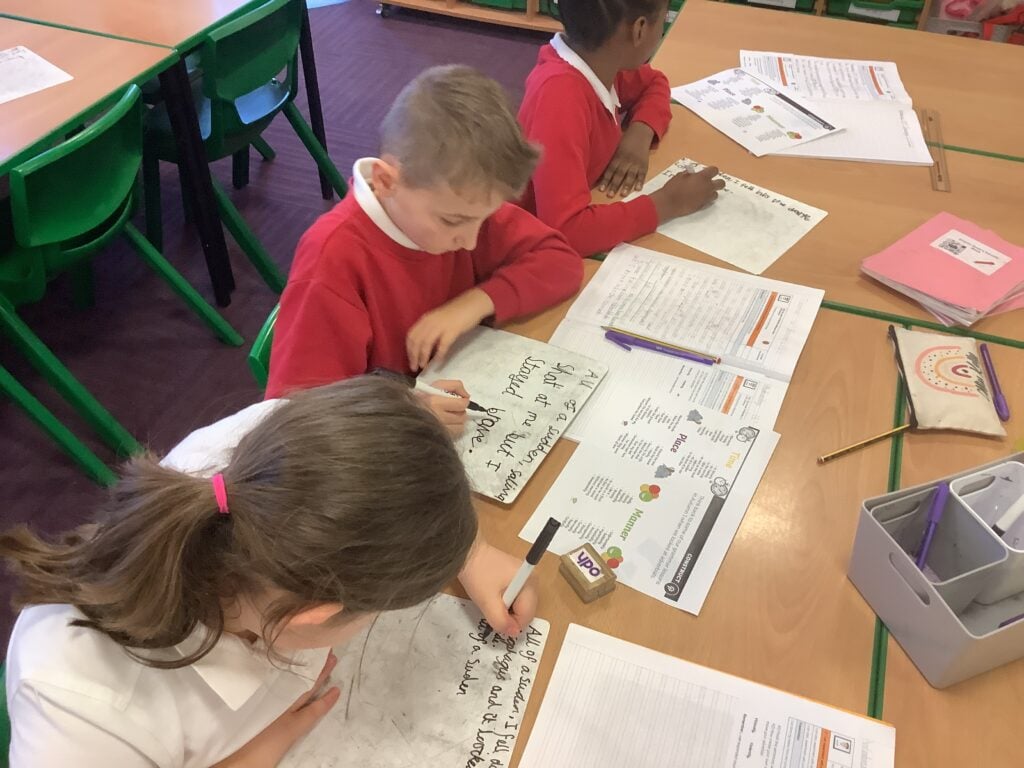
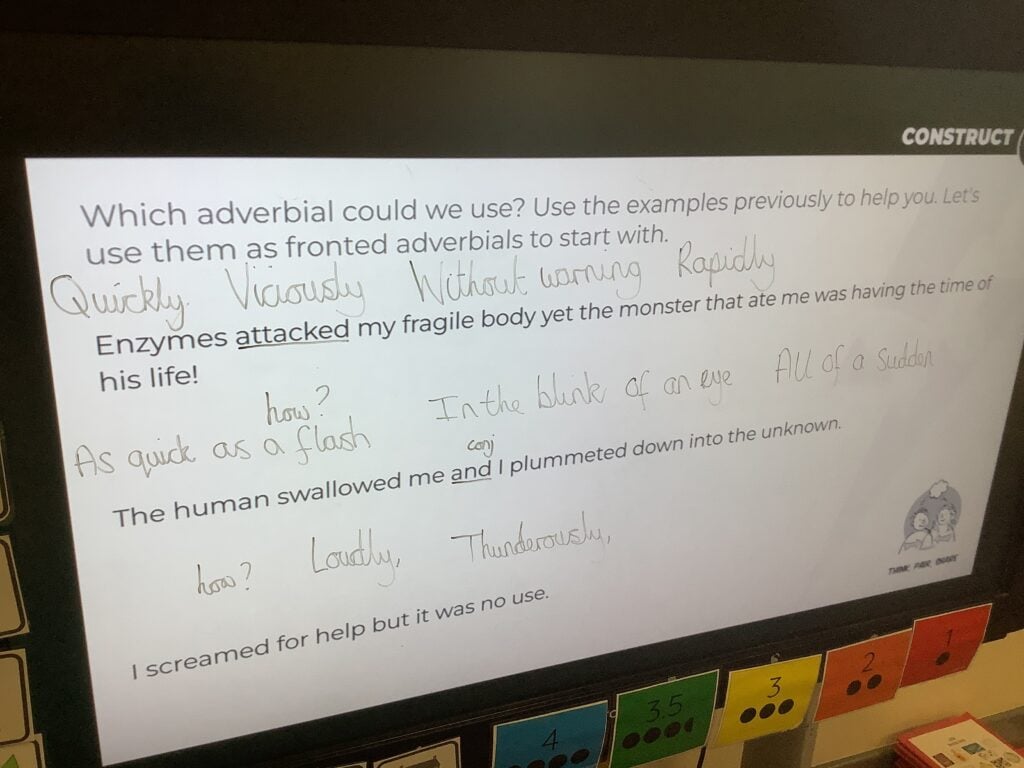
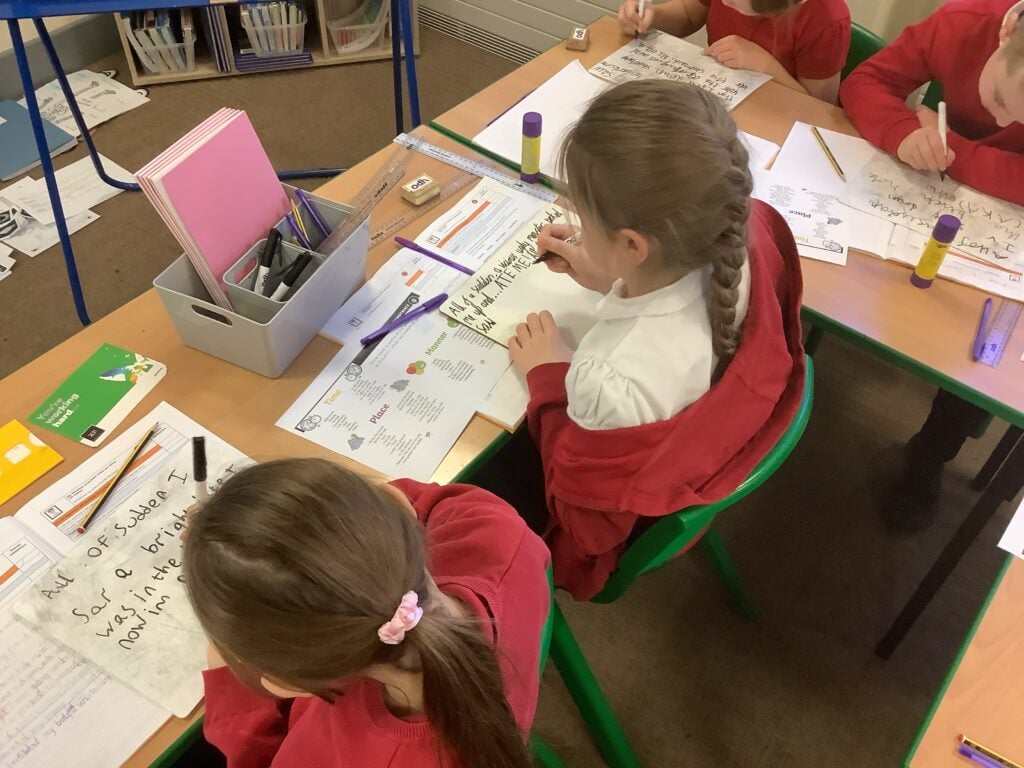

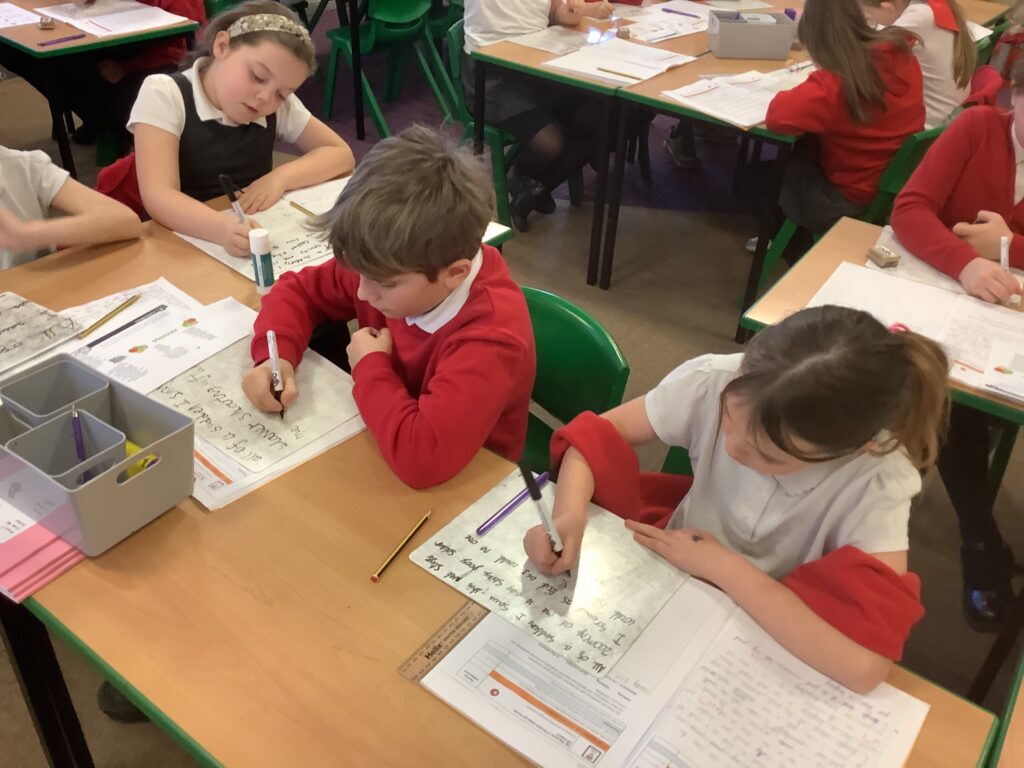
Today we practised using fronted adverbials. We also tried to to consolidate our learning from yesterday by using a coordinating conjunction to extend our idea.





The activate to our expedition lesson today allowed us to recap the human body by making a skeleton. We did this in hook week and it was incredible to see how much quicker we had got today and how much we had remembered!
From here we discussed the differences between vertebrates and invertebrates where we did lots of reading out loud. We played fastest finger first and did lots of discussion! Some of the facts really surprised us when reading. We then explored the types of skeletons linking these to vertebrates and invertebrates. We did some partner reading, echo reading and also some independent reading. We then tested our understanding so far with a quick quiz! We all enjoyed this.
From here we worked in mini crews to sort animals into the two groupings- vertebrates and invertebrates. We discussed our ideas and explained our reasons. We then moved onto the human skeleton, we looked at scientific names for our bones, explored how many bones an adult human skeleton has and looked at what a skeleton does. We linked our skeleton to the digestive process, thinking about the organs that are protected by our bones. From here we discussed our muscles, we even had a go at contracting and relaxing our biceps and triceps! Tomorrow we will assess our understanding with a kahoot quiz!
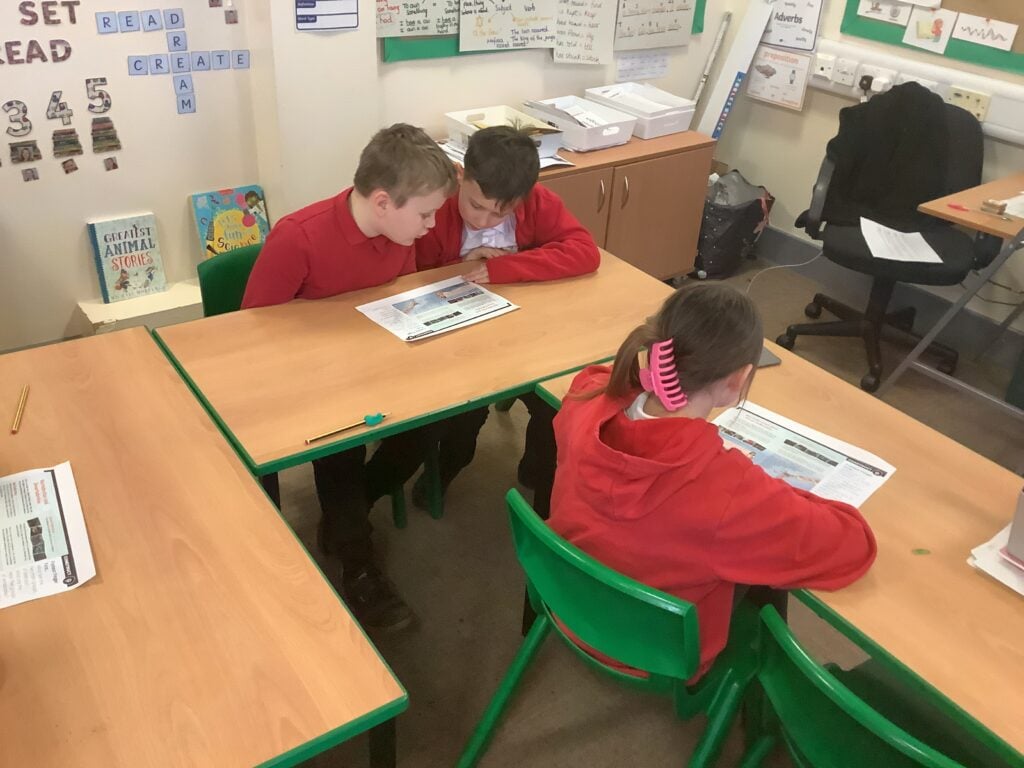
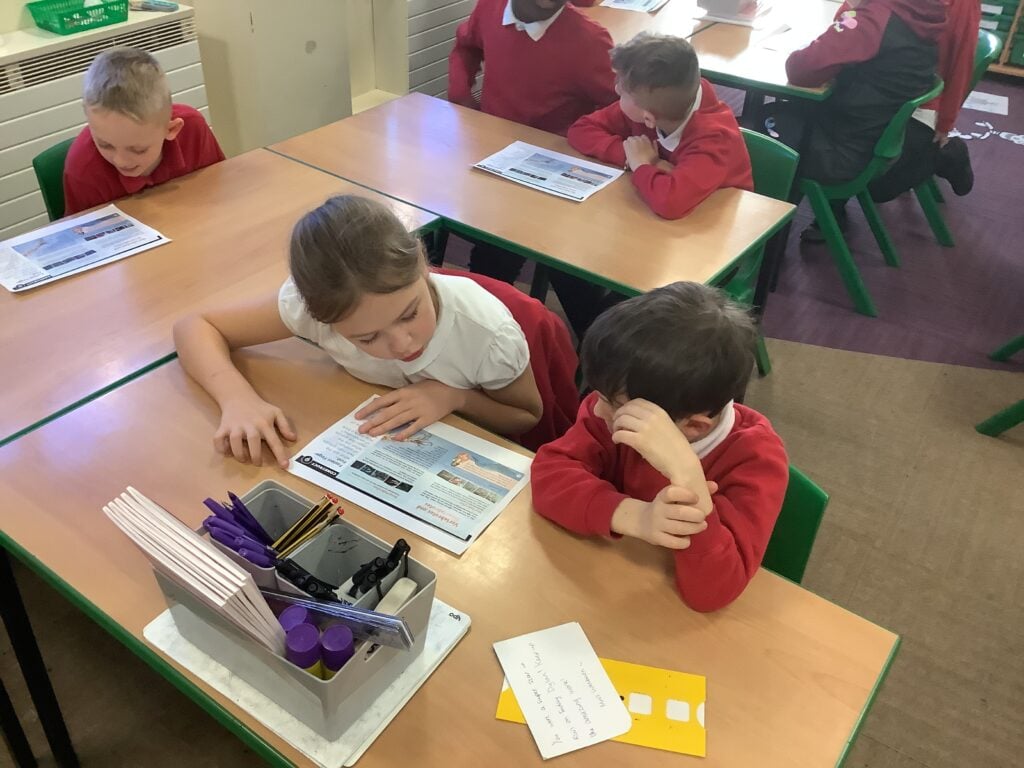
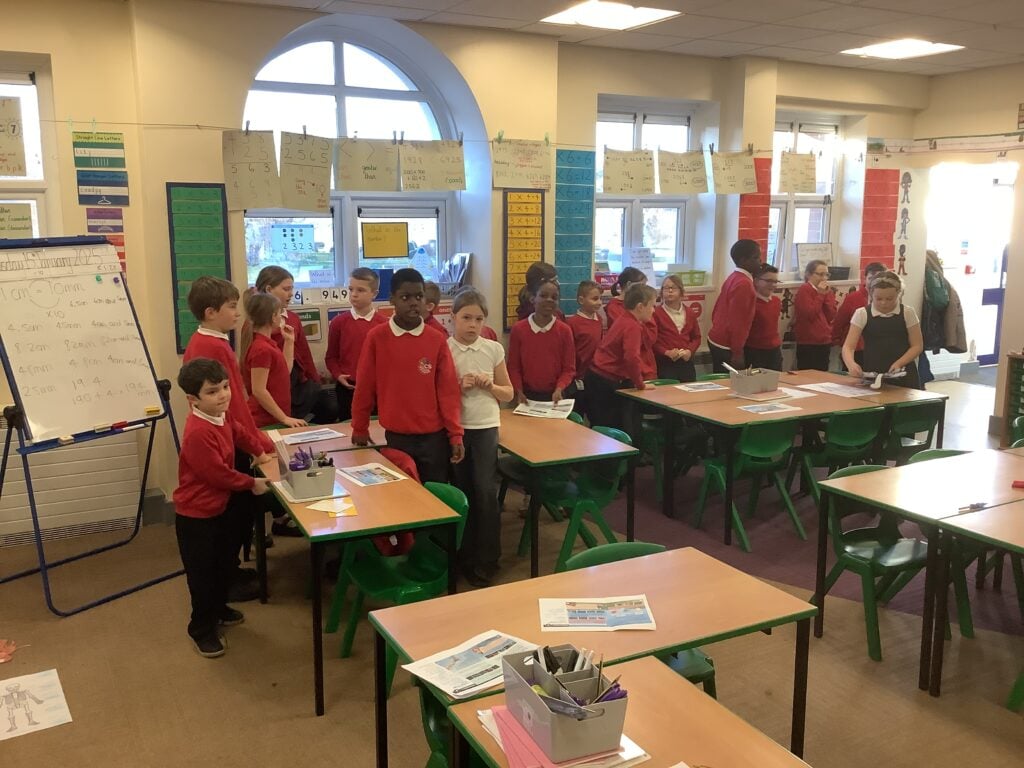
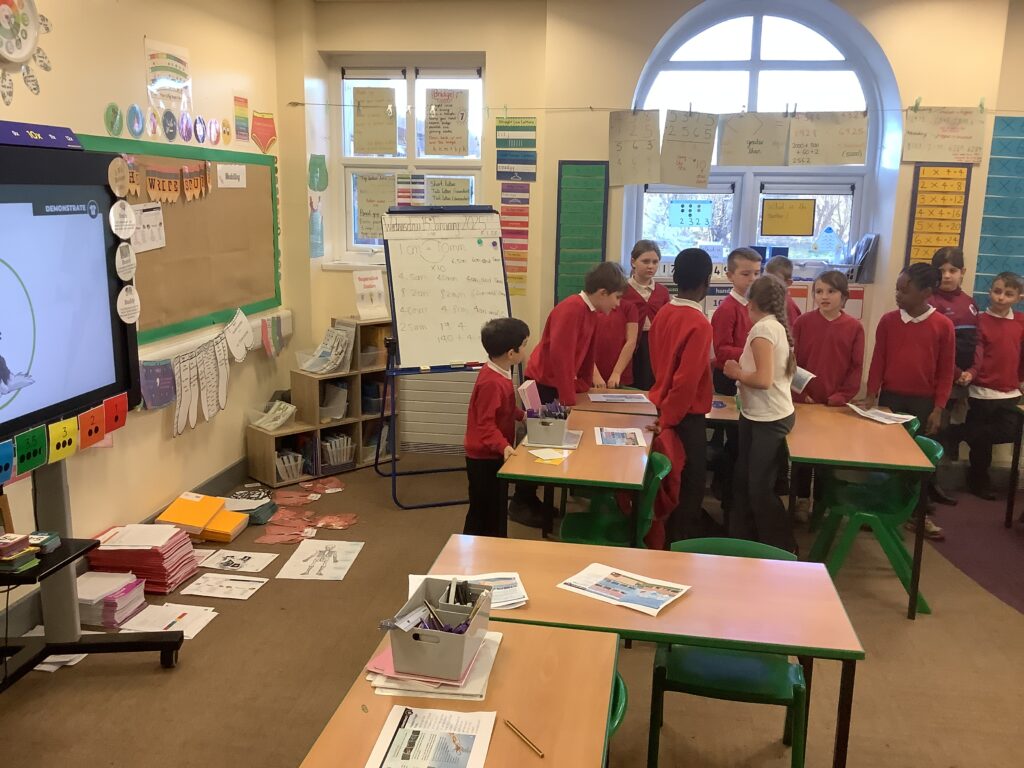
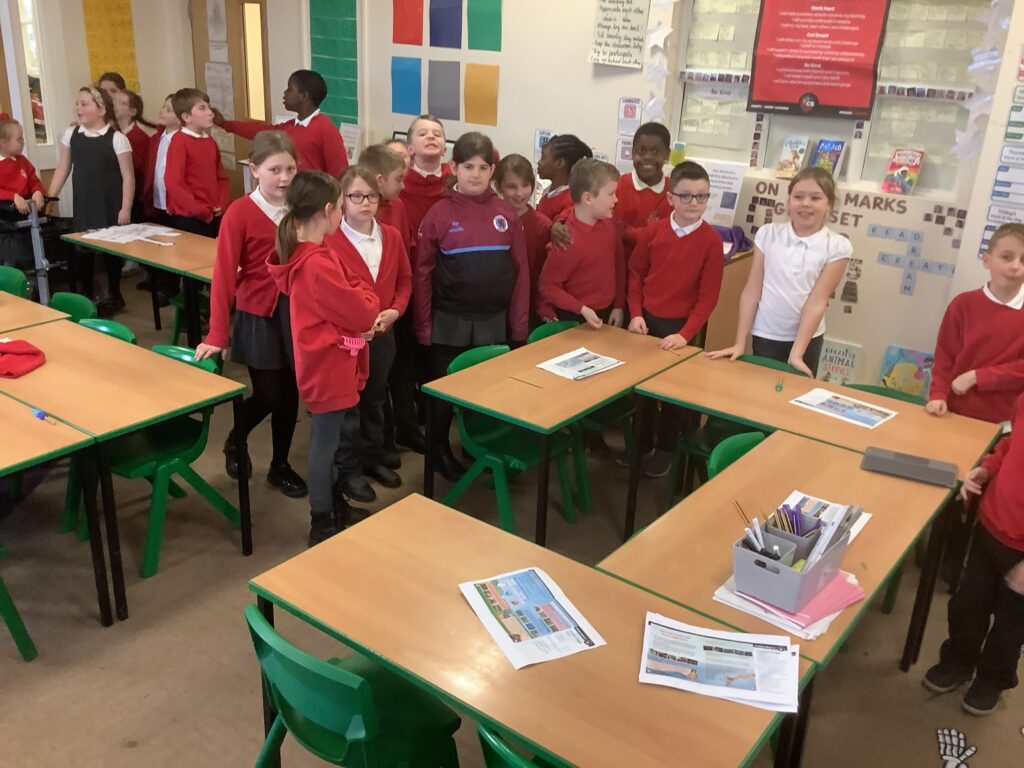
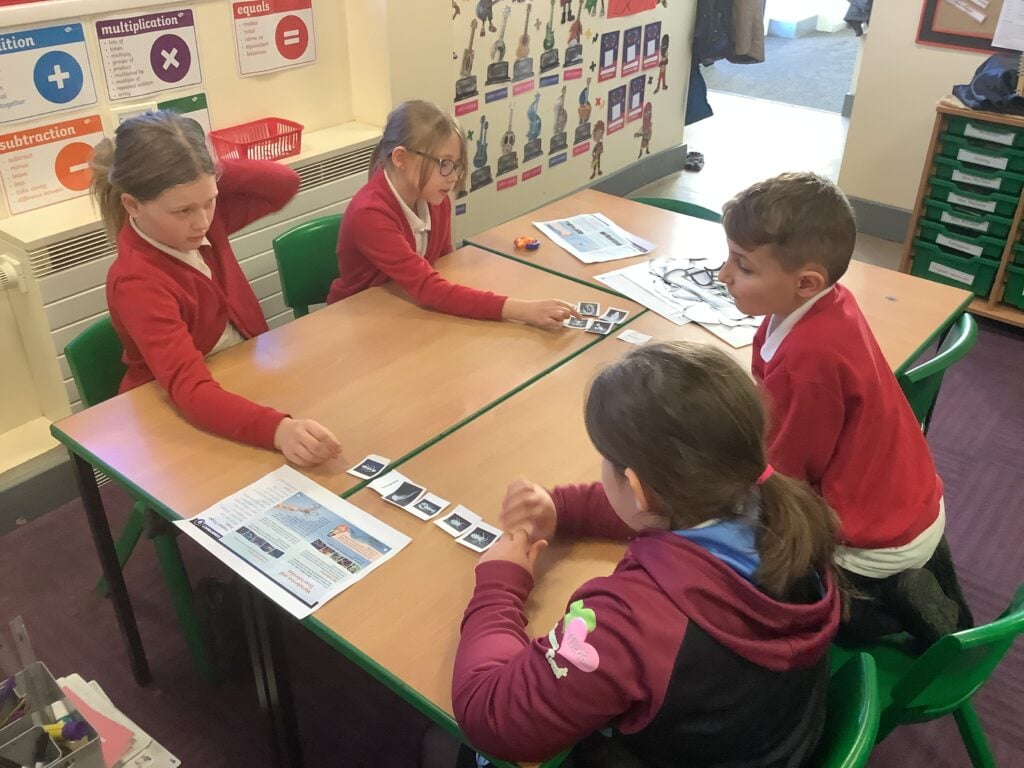
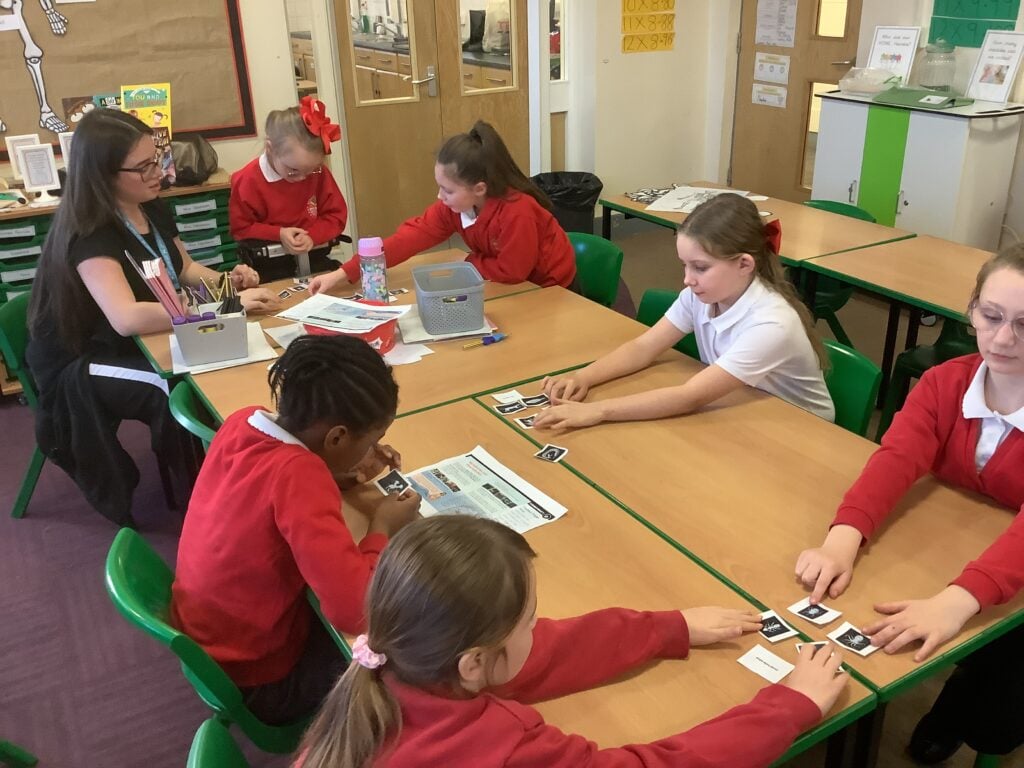
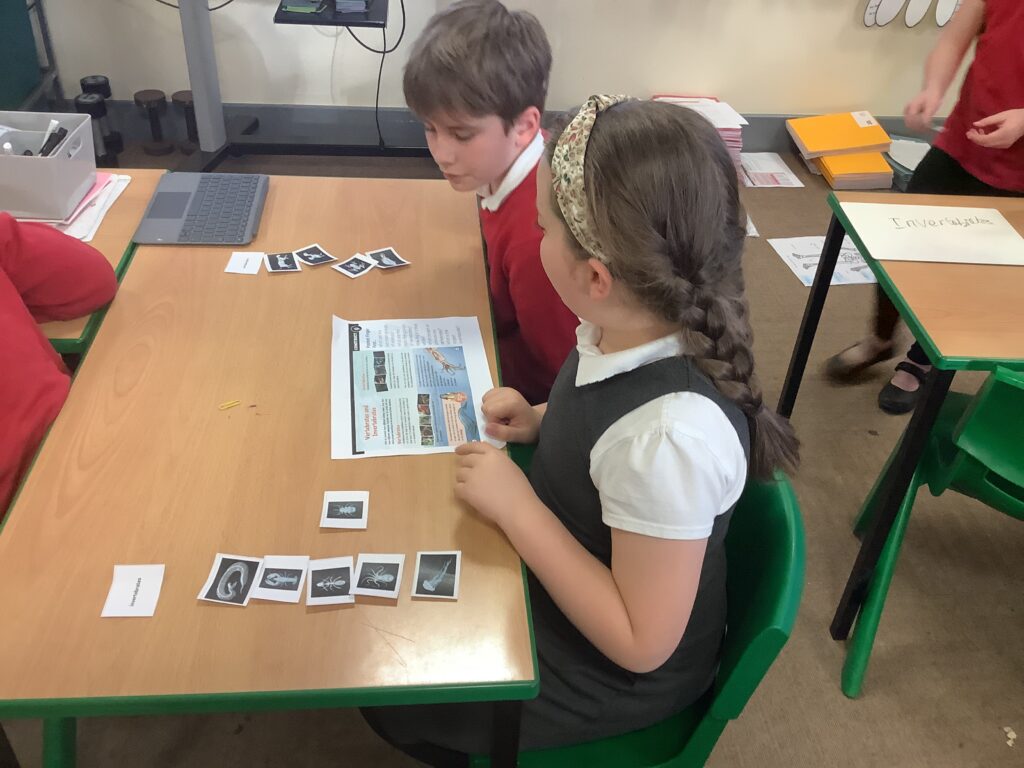
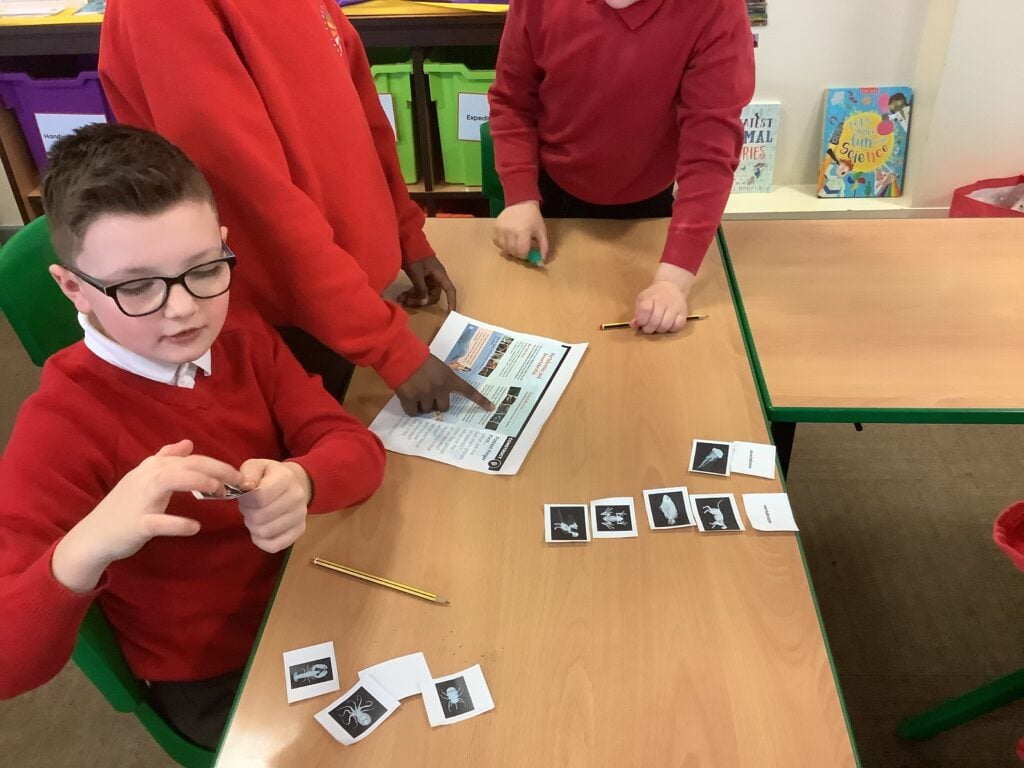
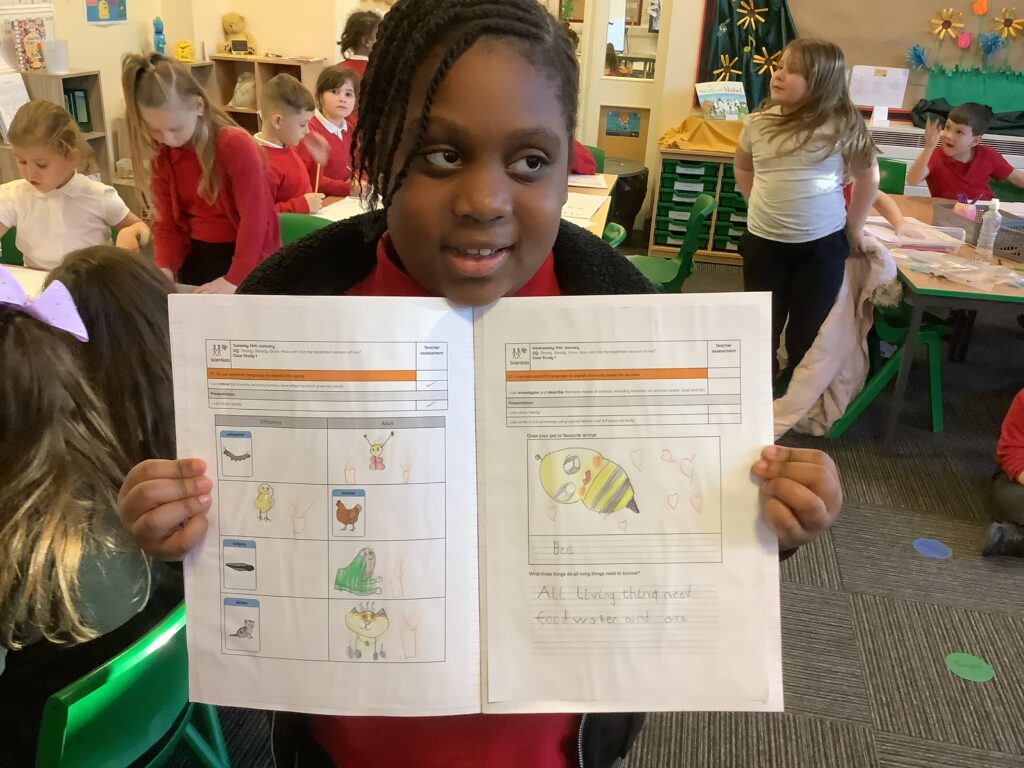
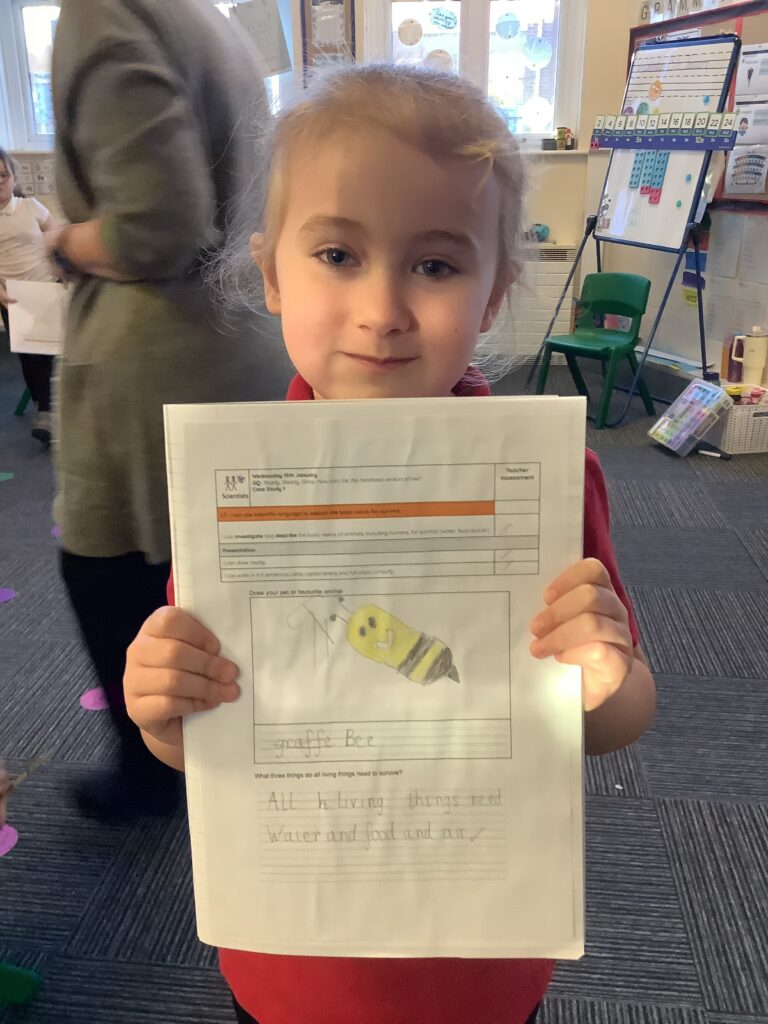
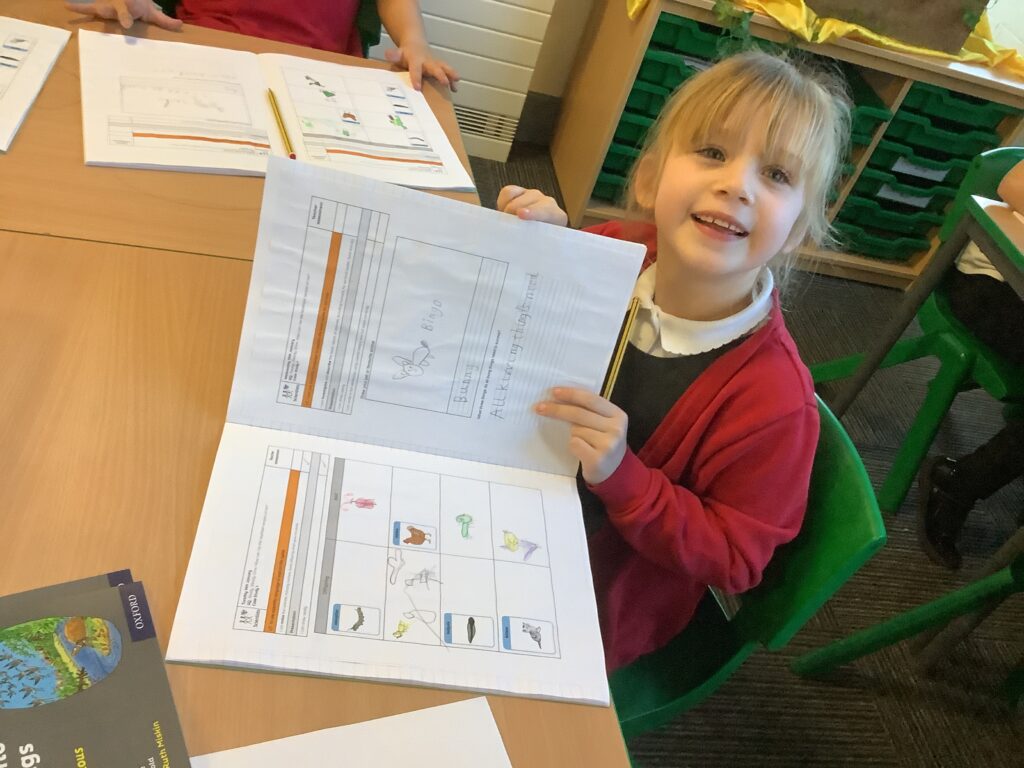
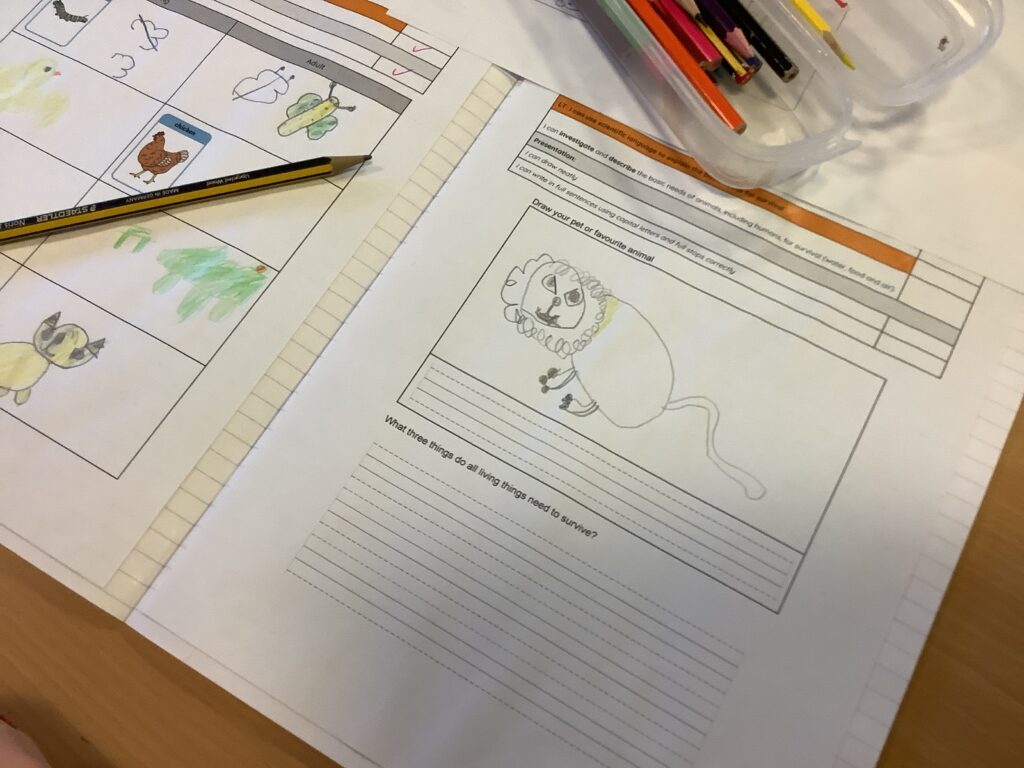
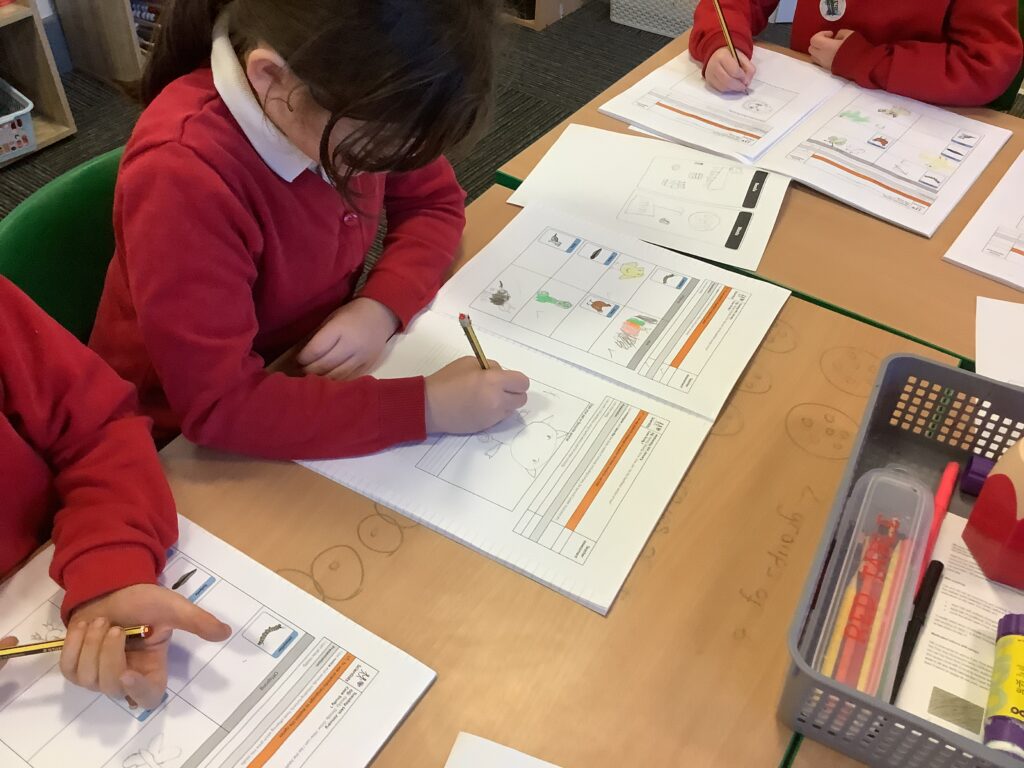
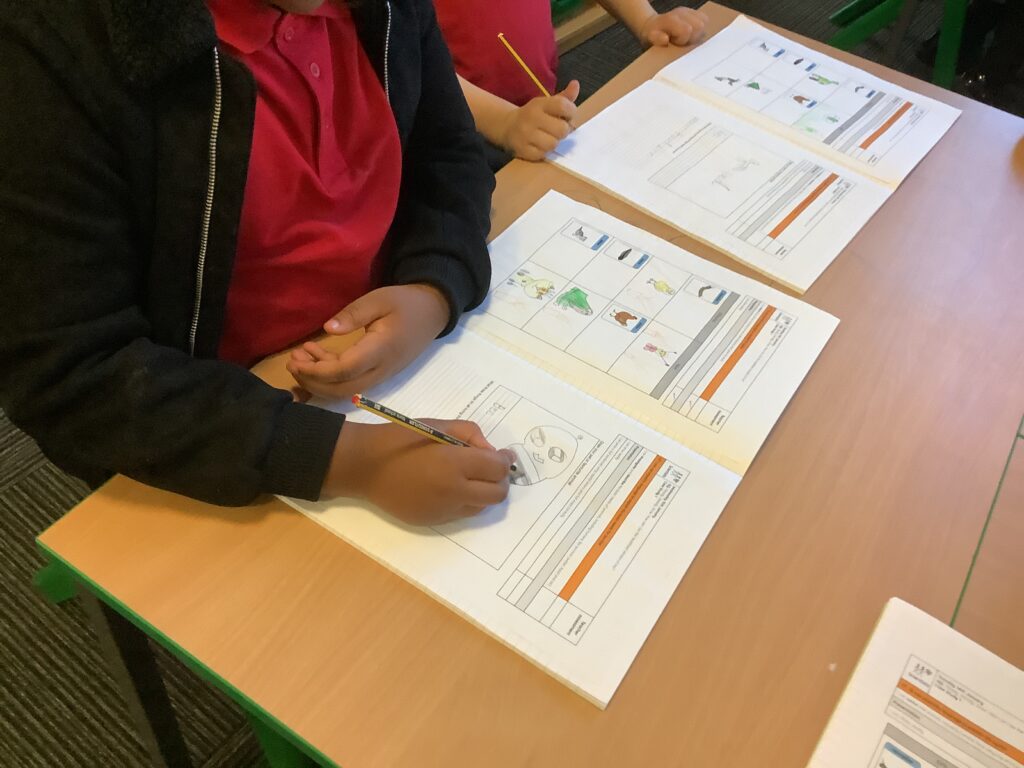
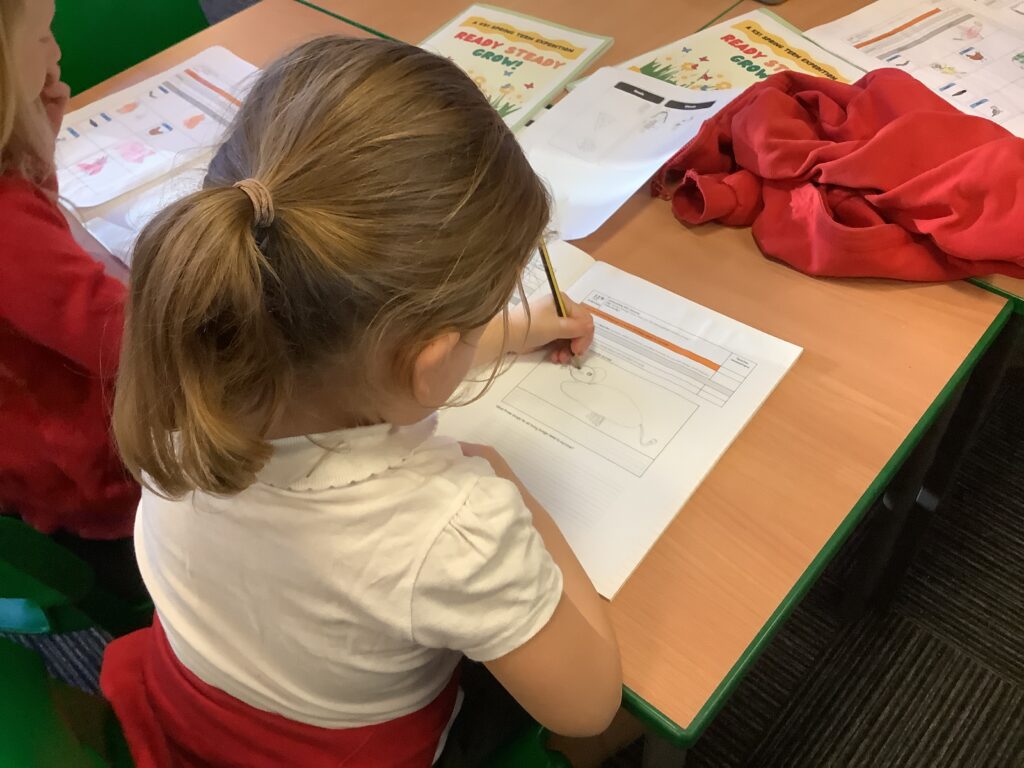
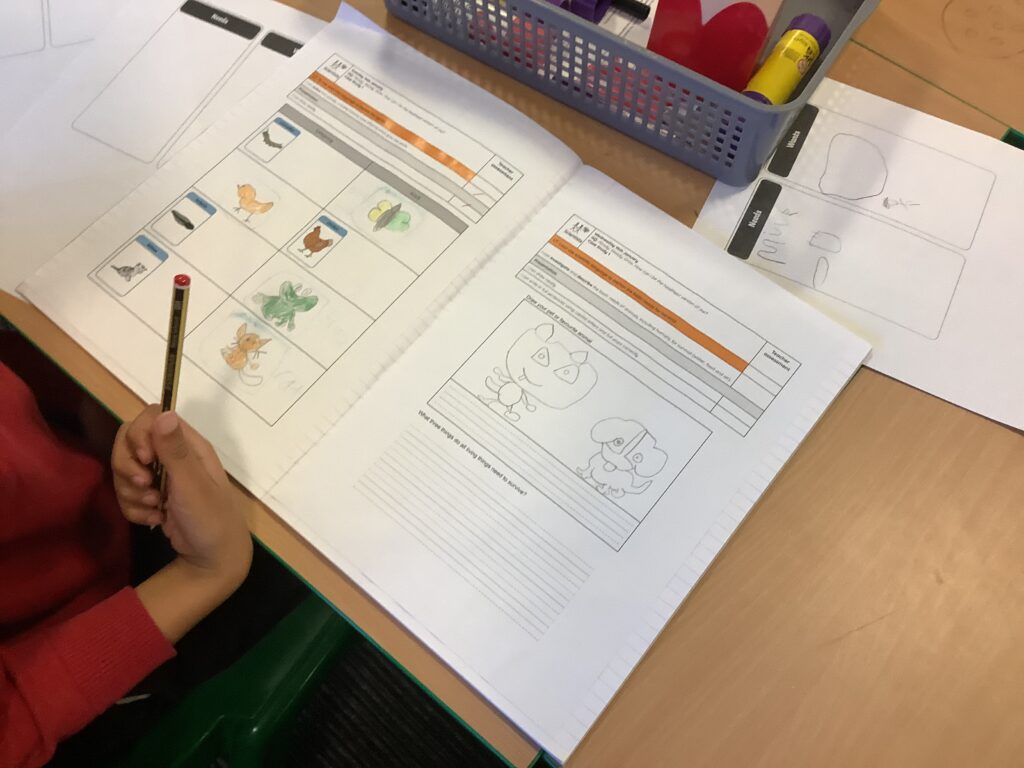
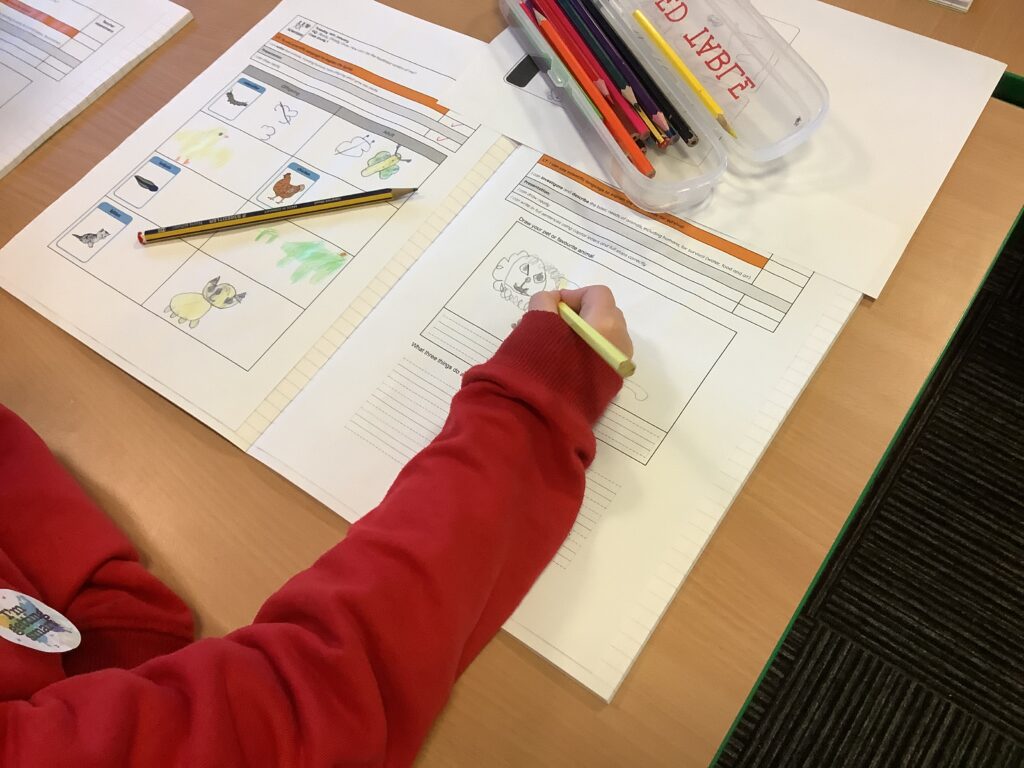

Today we were scientists again and discussed what humans and animals need to survive. The children knew they needed food and water to survive and we also discussed the importance of air.
They produced lots of beautiful work. Well done everyone!
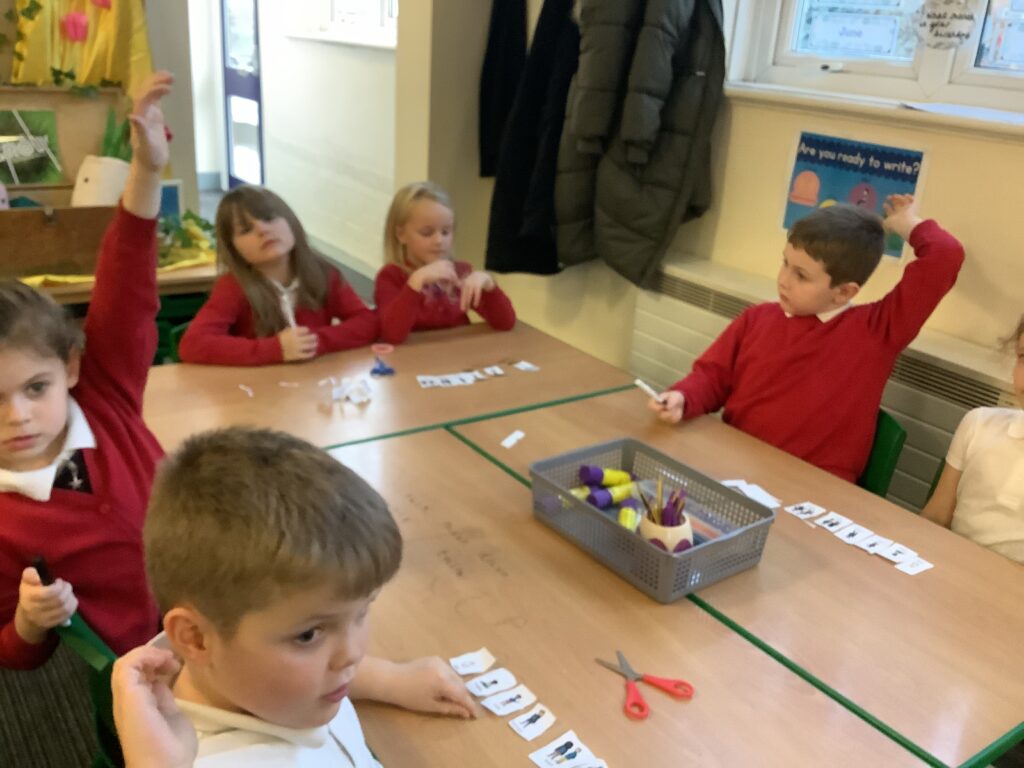

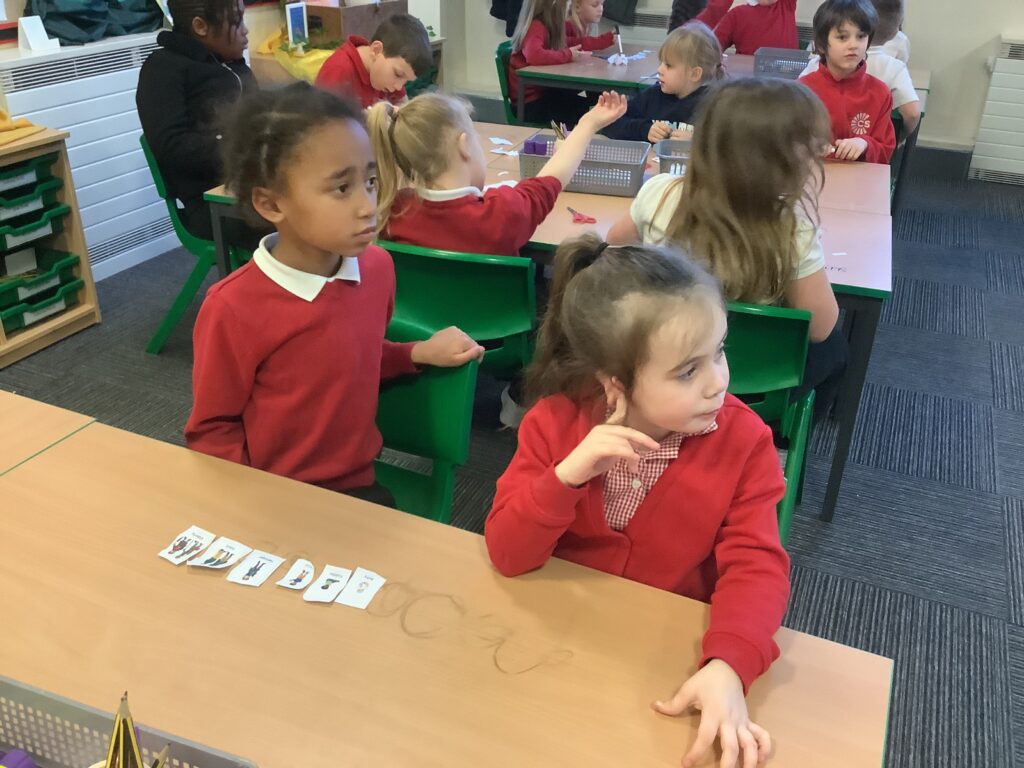
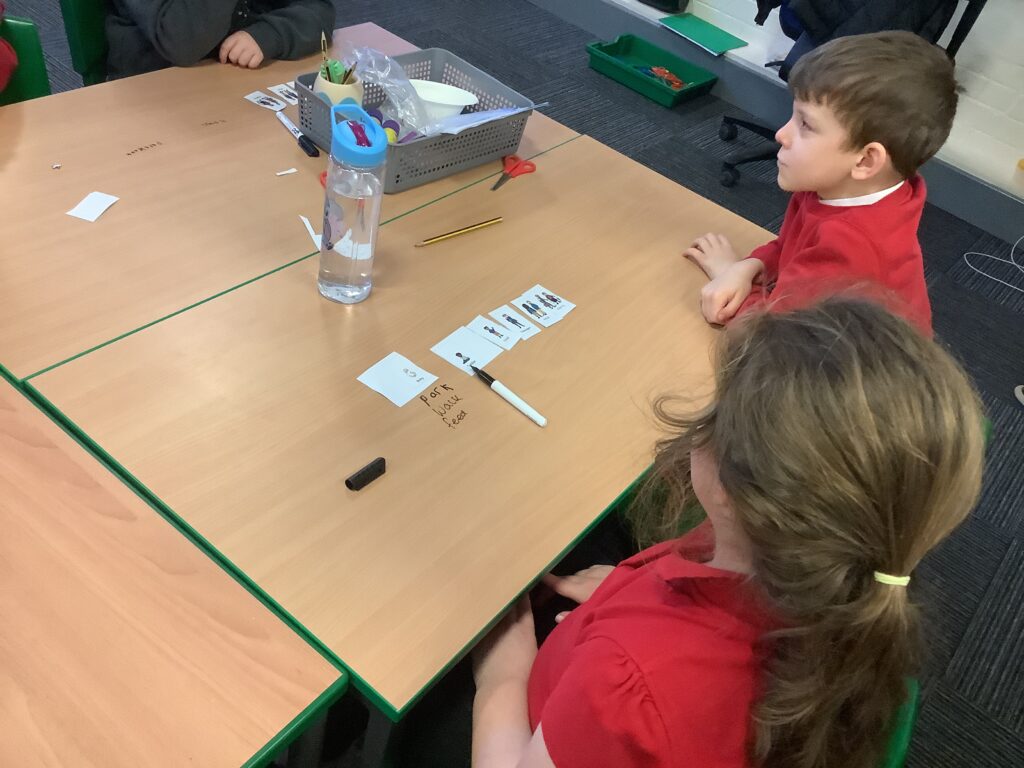
Today in our expedition lesson we have been scientists and investigating life cycles. We began by ordering the life cycle of a human and then thinking what skills an adult has that a baby doesn’t. We came up with lots of great ideas.
We then completed a matching activity where we linked different animals and their offspring. We noticed that some animals look like their parents but others look completely different.
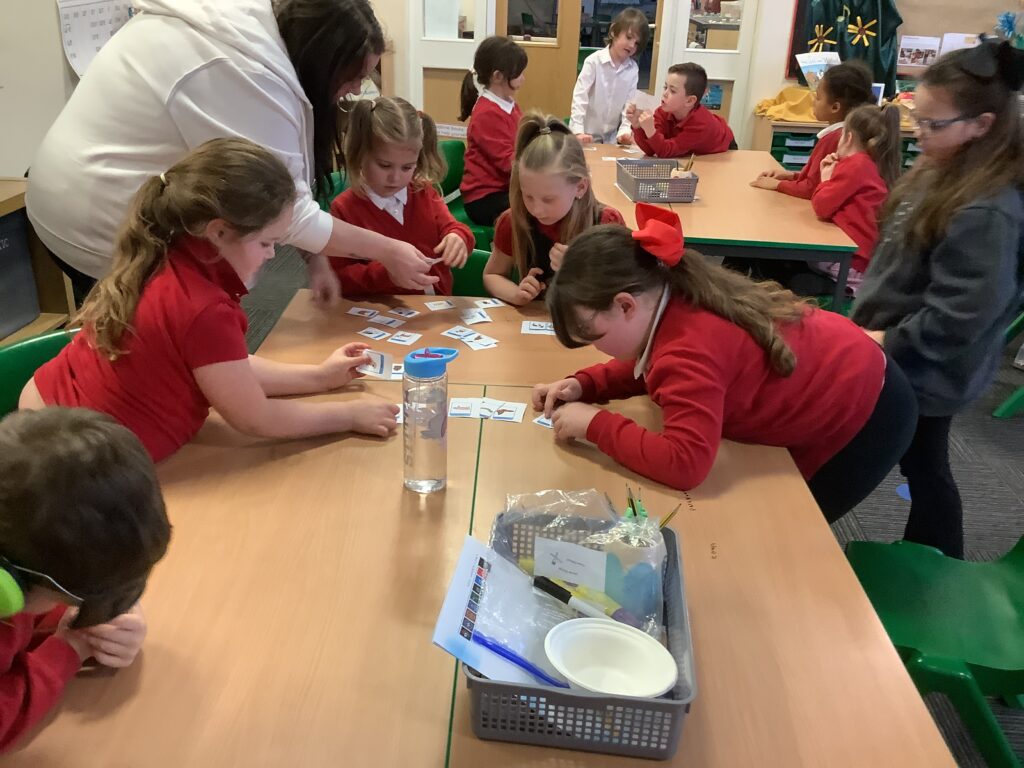
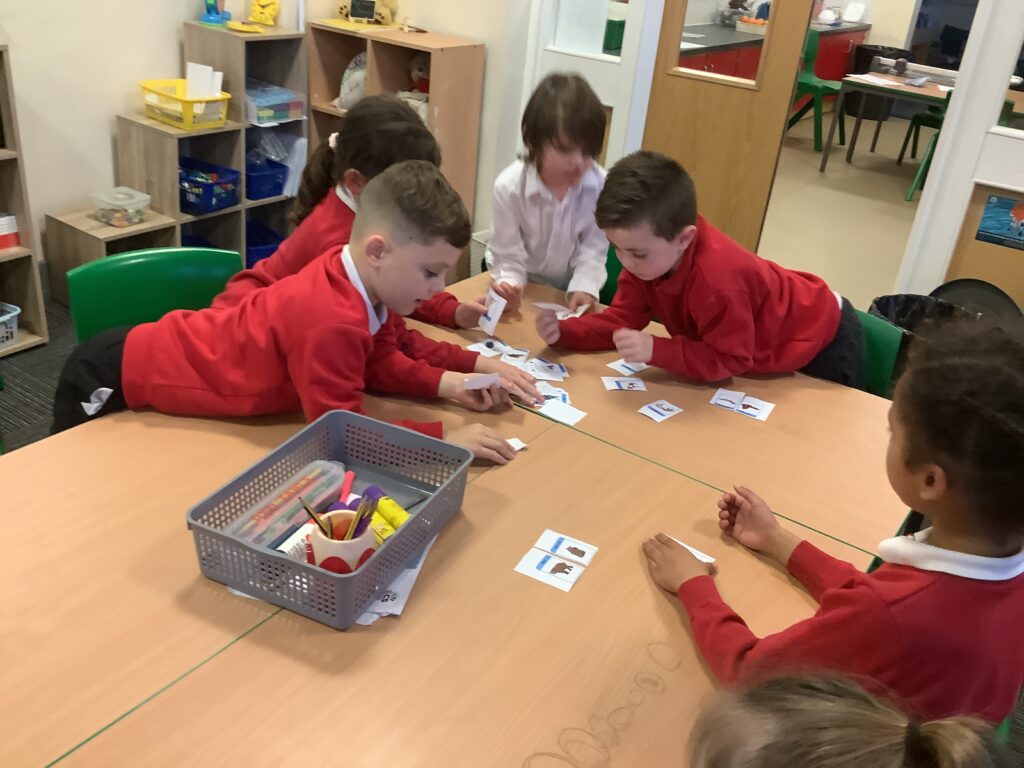
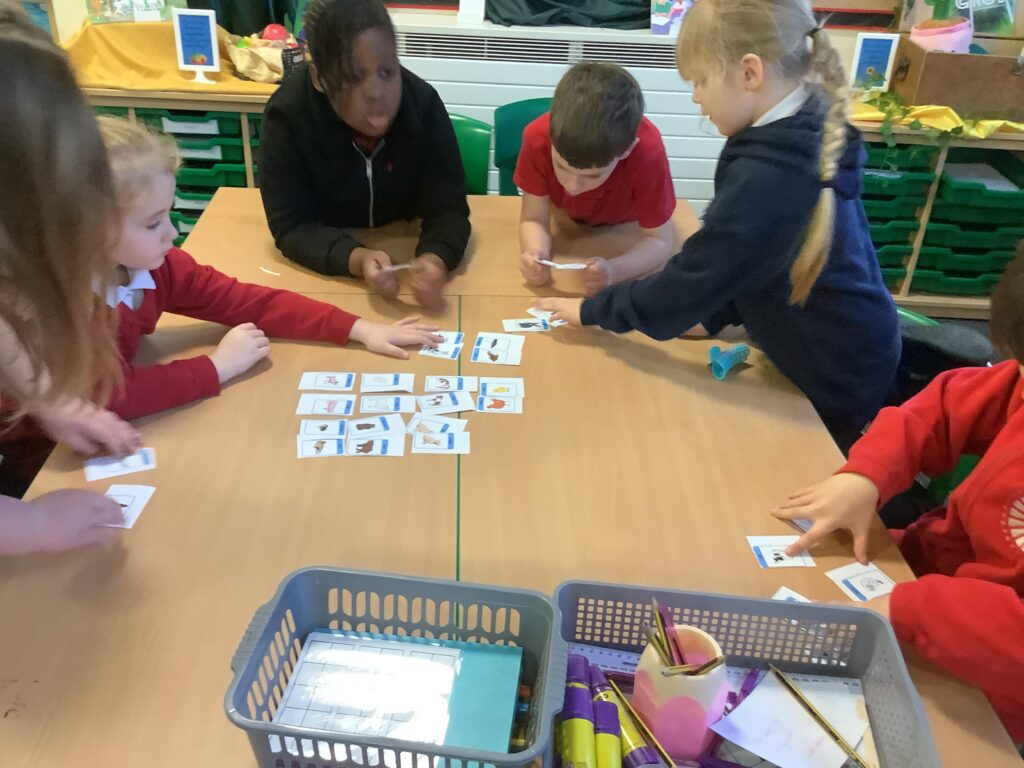

After studying the organs involved in digestion, we explored how each one plays a crucial role in breaking down food. We followed the journey food takes through the digestive system and examined what happens at each stage. To deepen our understanding, we conducted an experiment demonstrating the digestion process. Although it got a bit messy, it was an enjoyable and insightful experience!
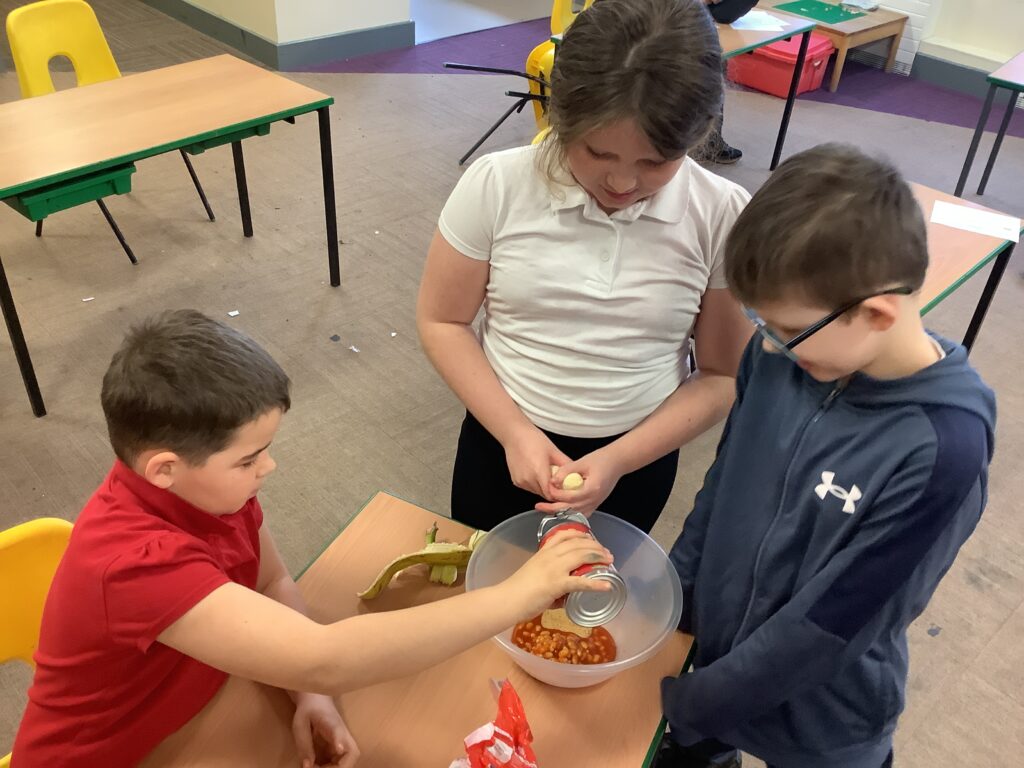
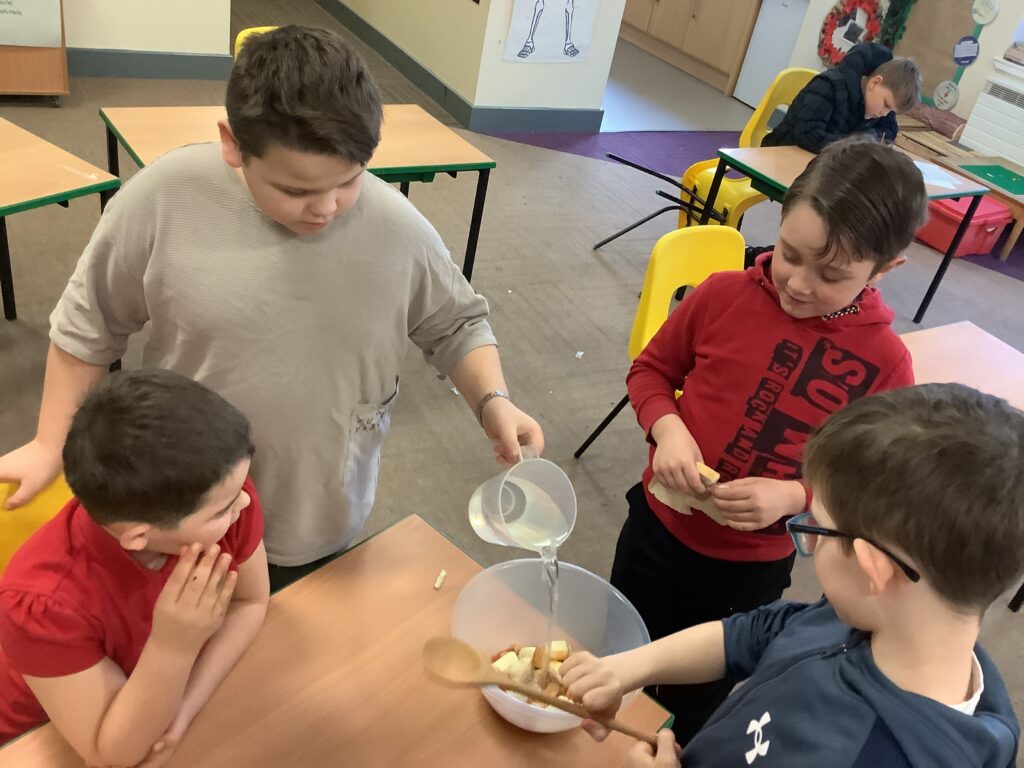
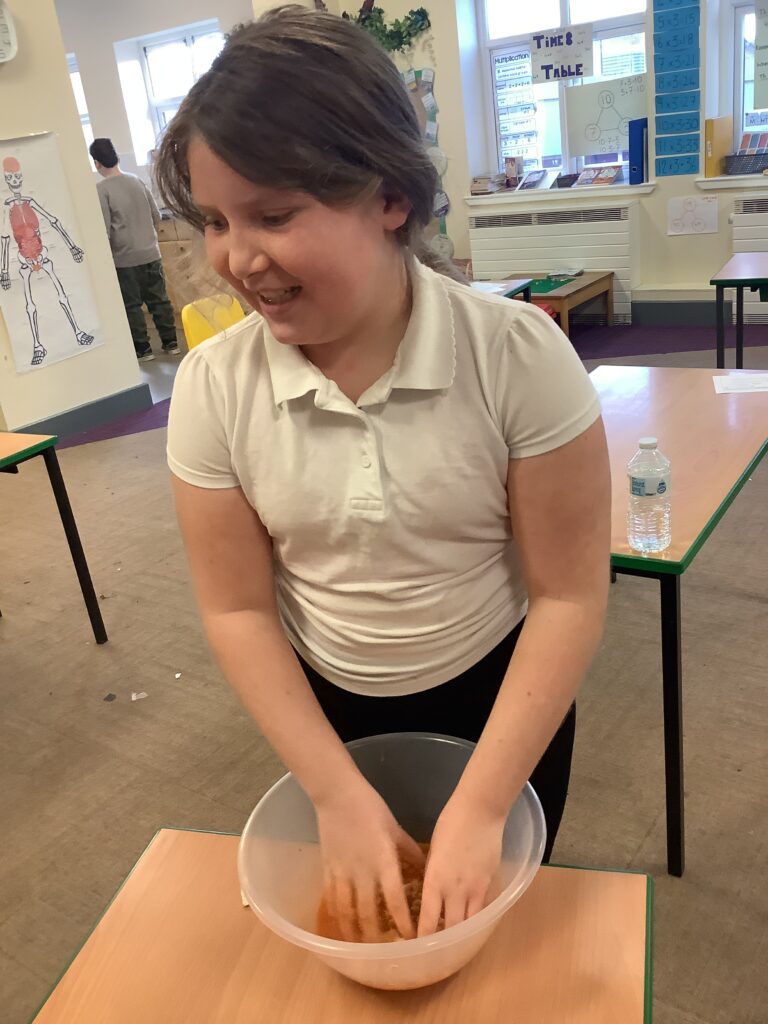
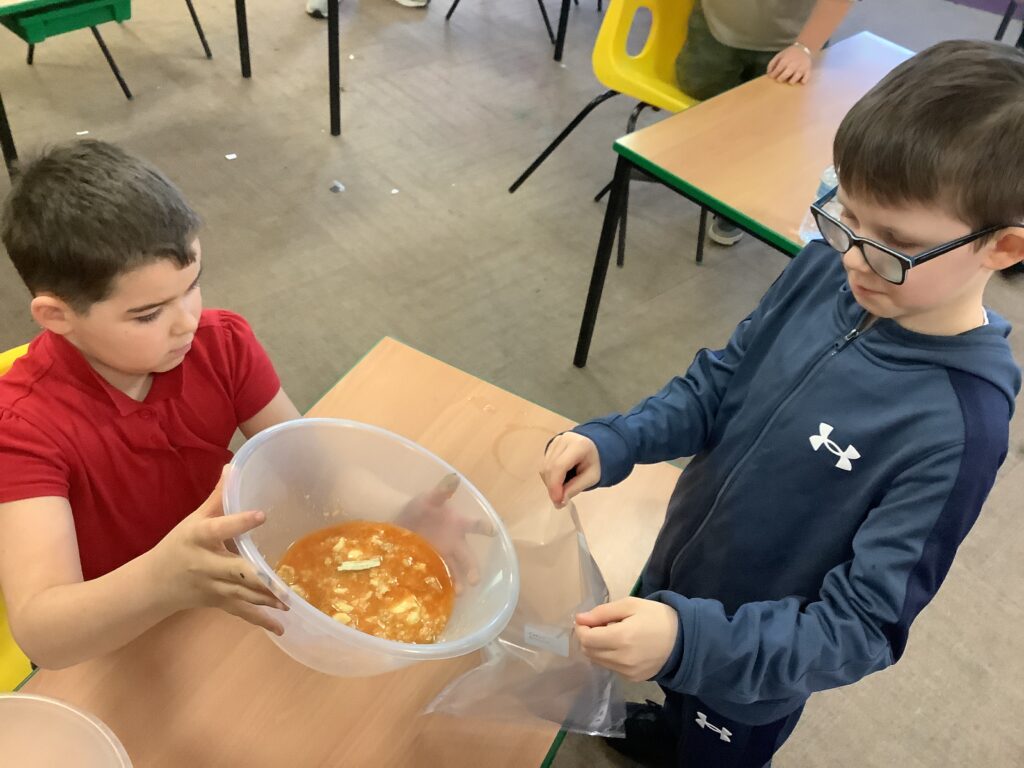

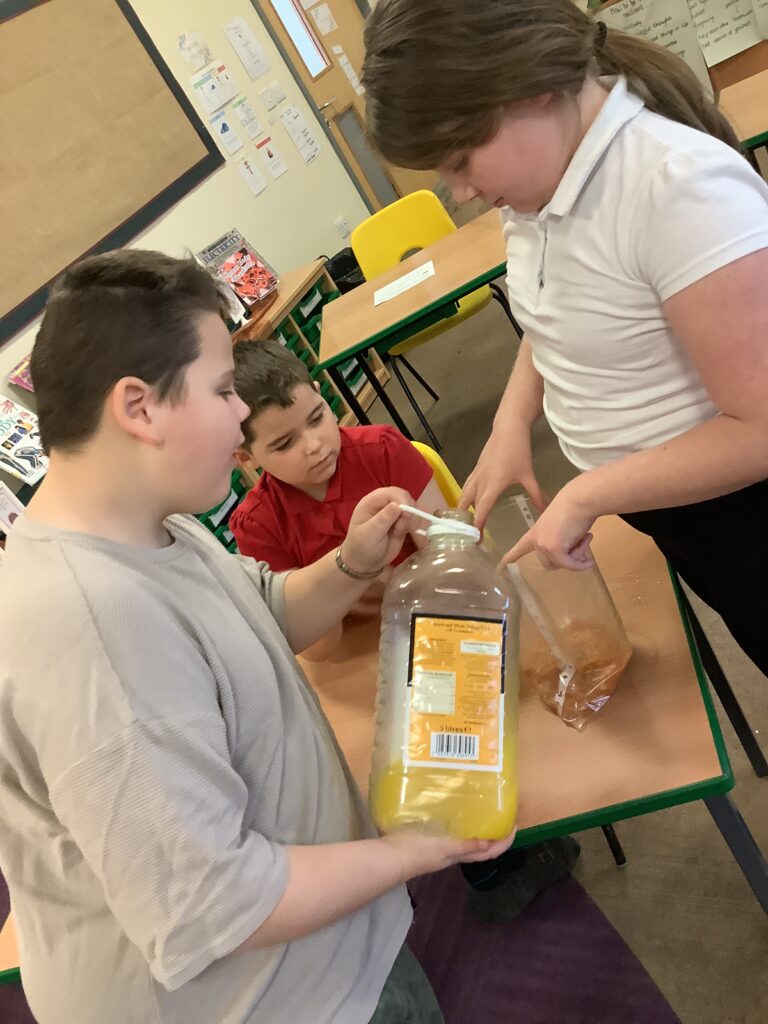
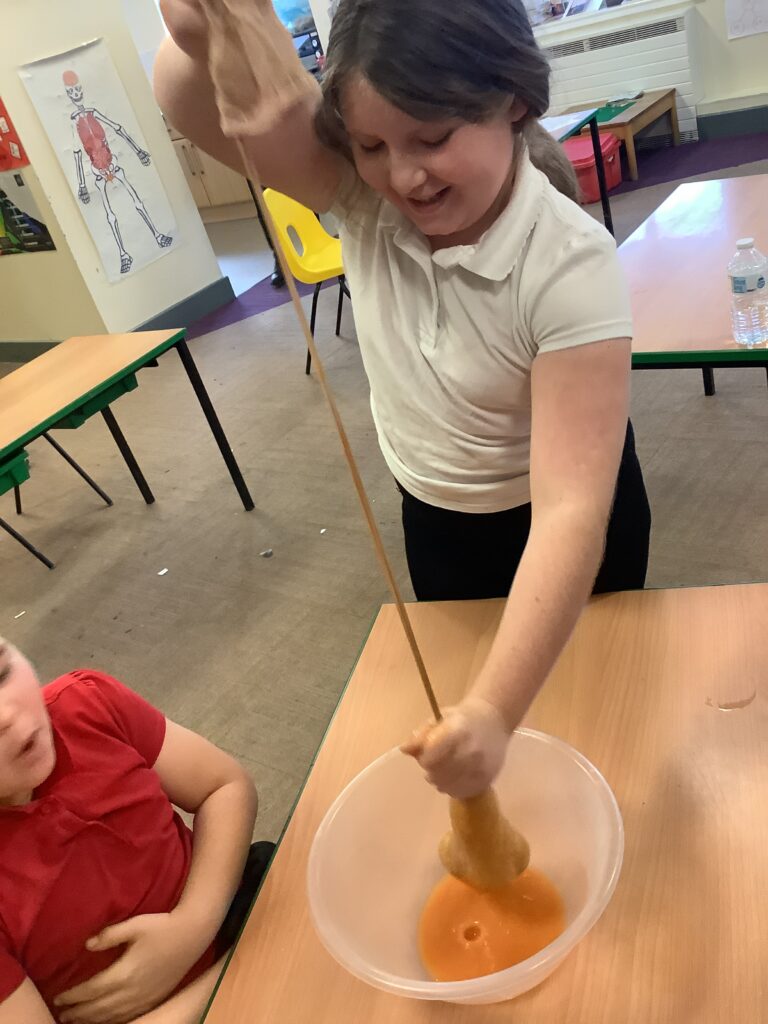
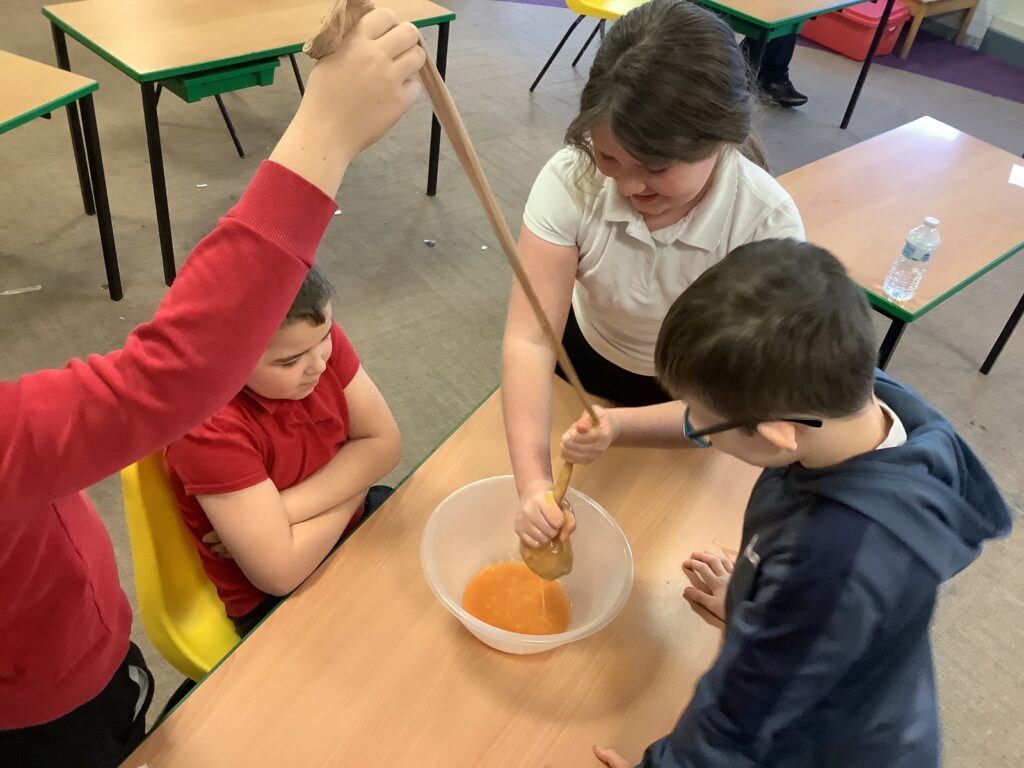
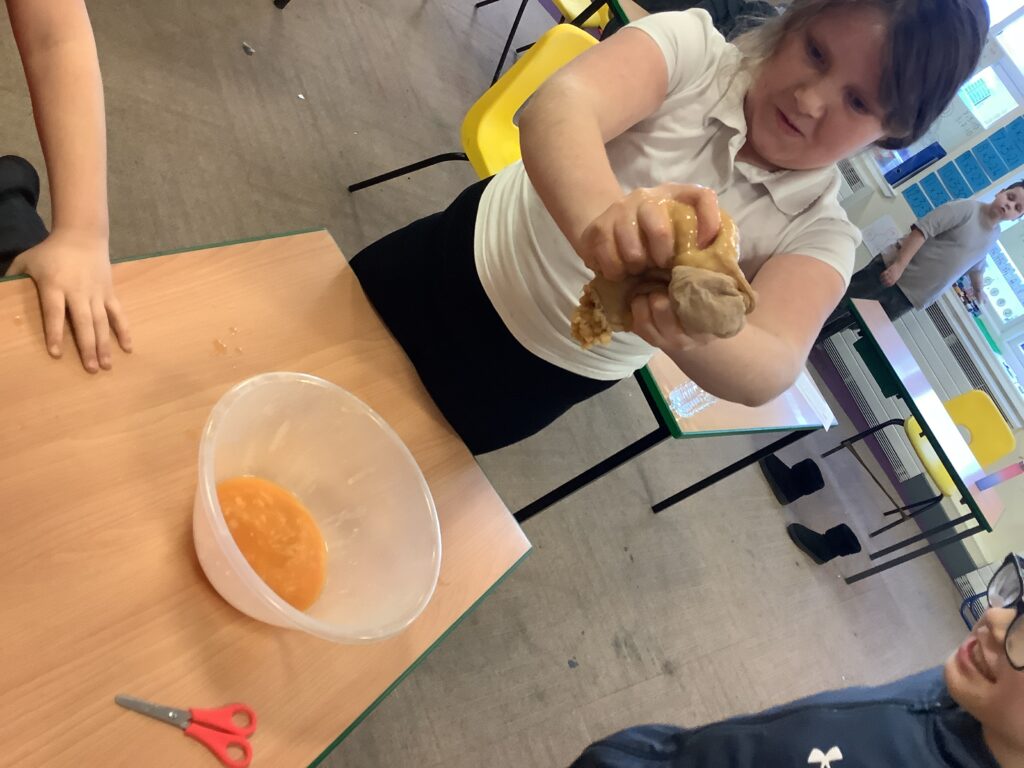
Before diving into the digestive system, we started by constructing a human body. The children cut out bones and organs, then placed them where they thought they belonged. While we were quite successful in arranging the bones, we needed a bit more guidance when it came to positioning the organs. From there, we focused on identifying the specific organs involved in digesting food.

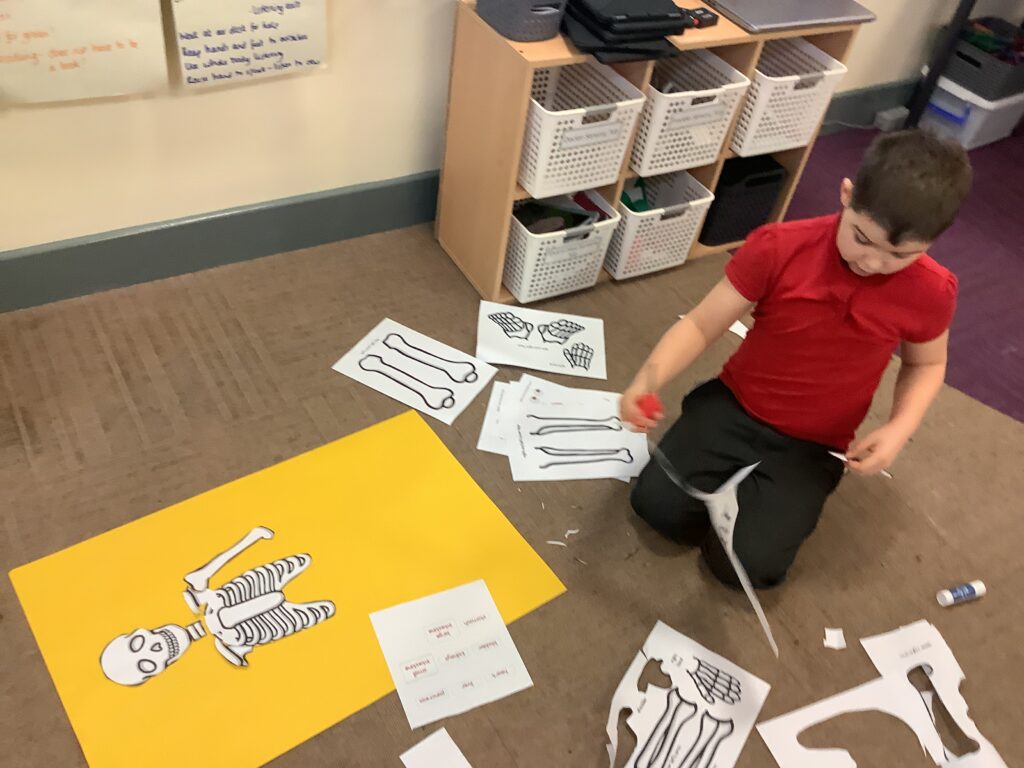
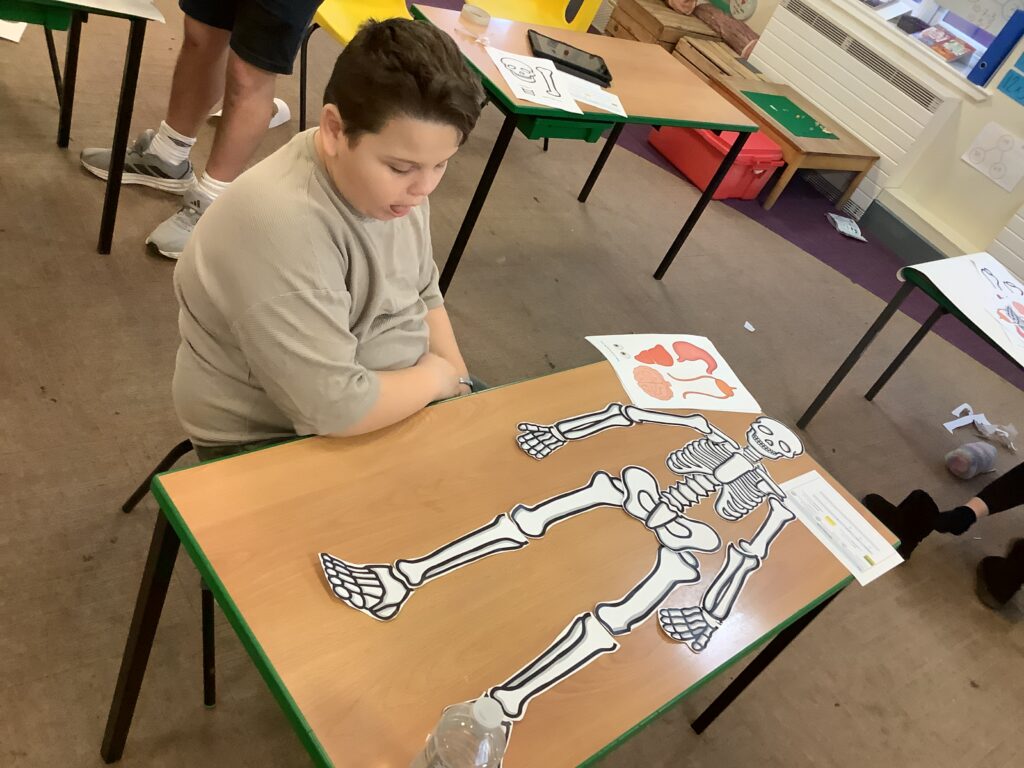

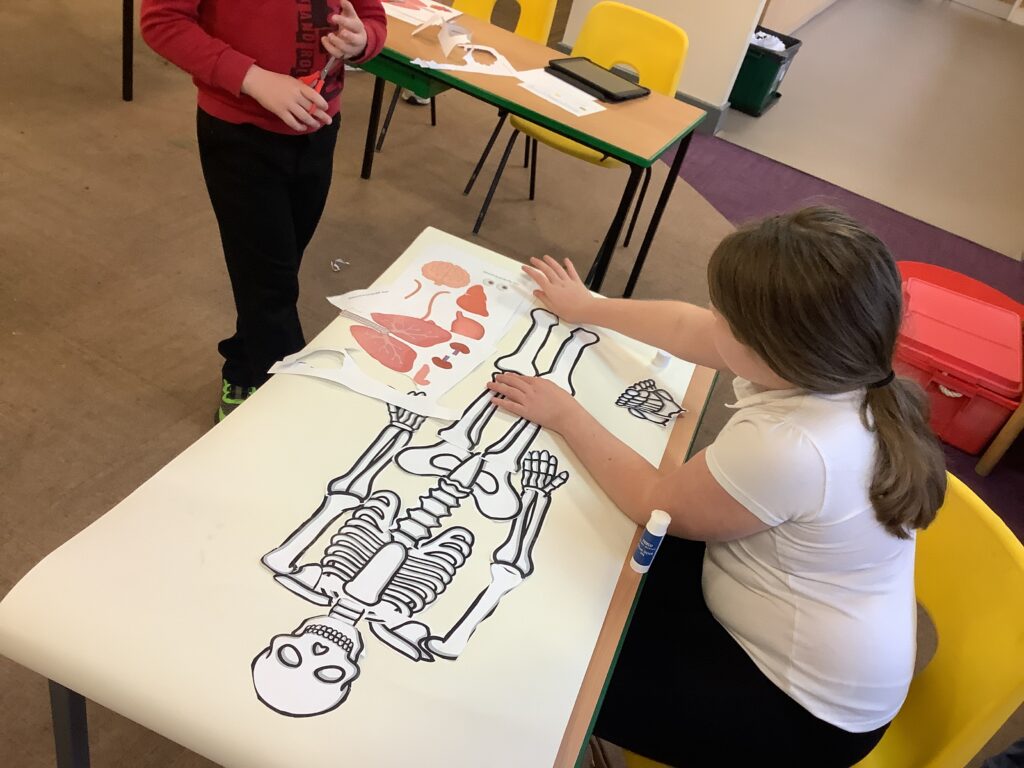
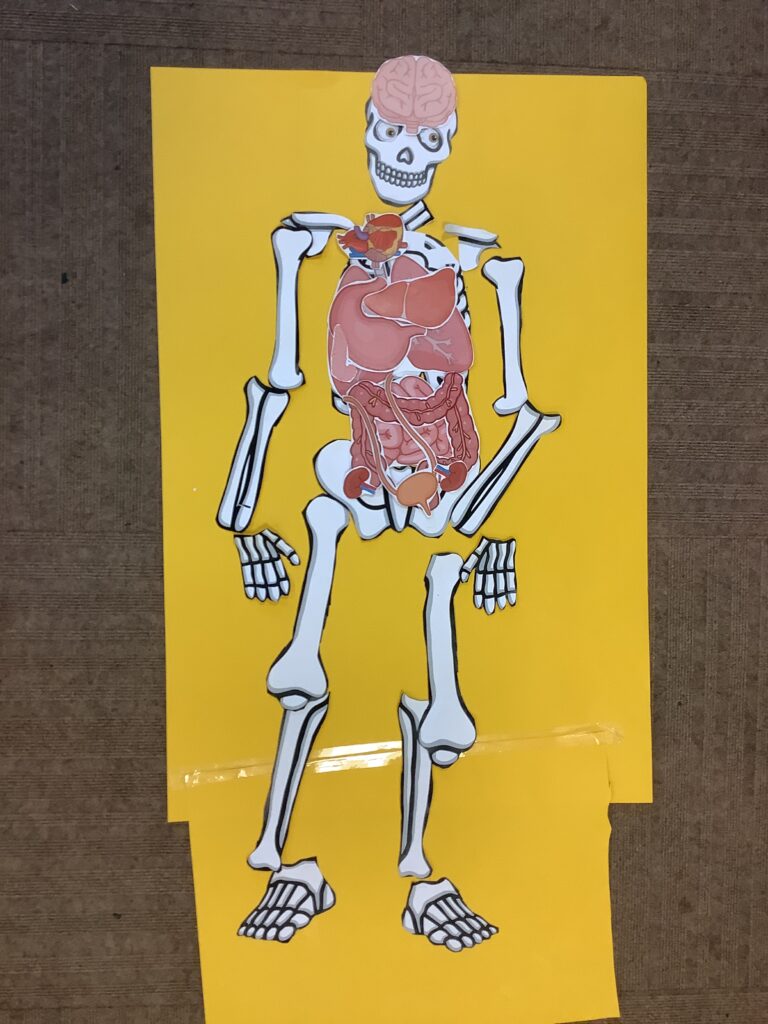
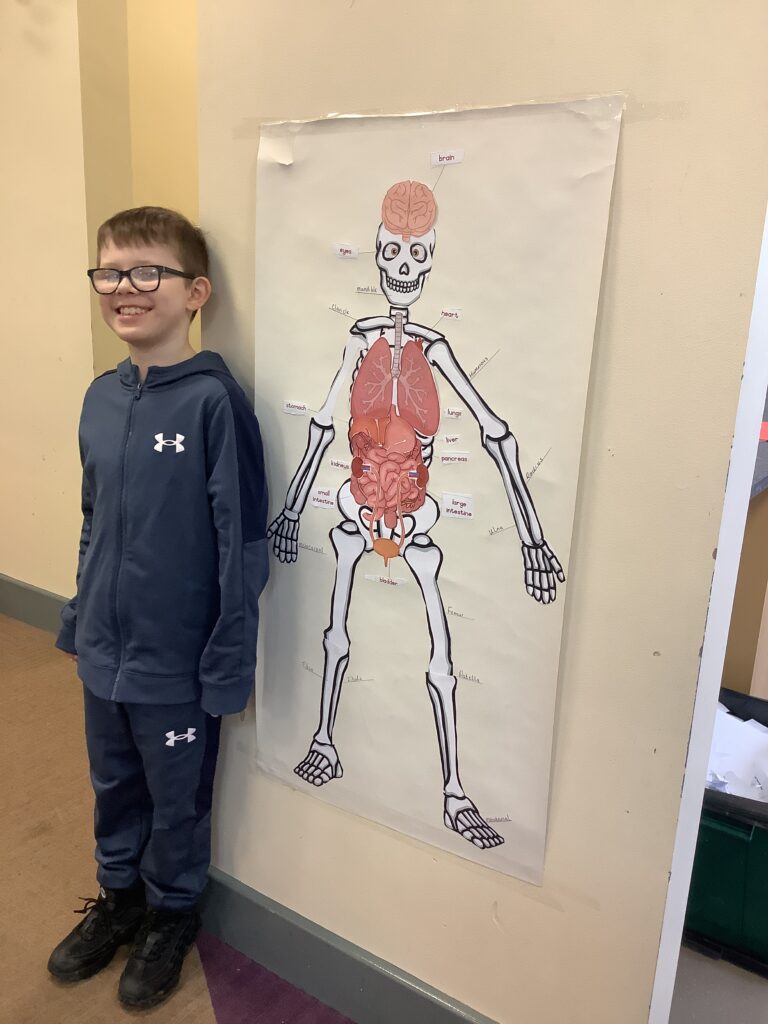
We are doing lots of reading fluency in our reading lessons. We are continuing to work on our words per minute where we use timers daily to practise. We then answer 3 questions based on gaps from our Autumn assessments and daily written comprehension. We are already showing improvements.
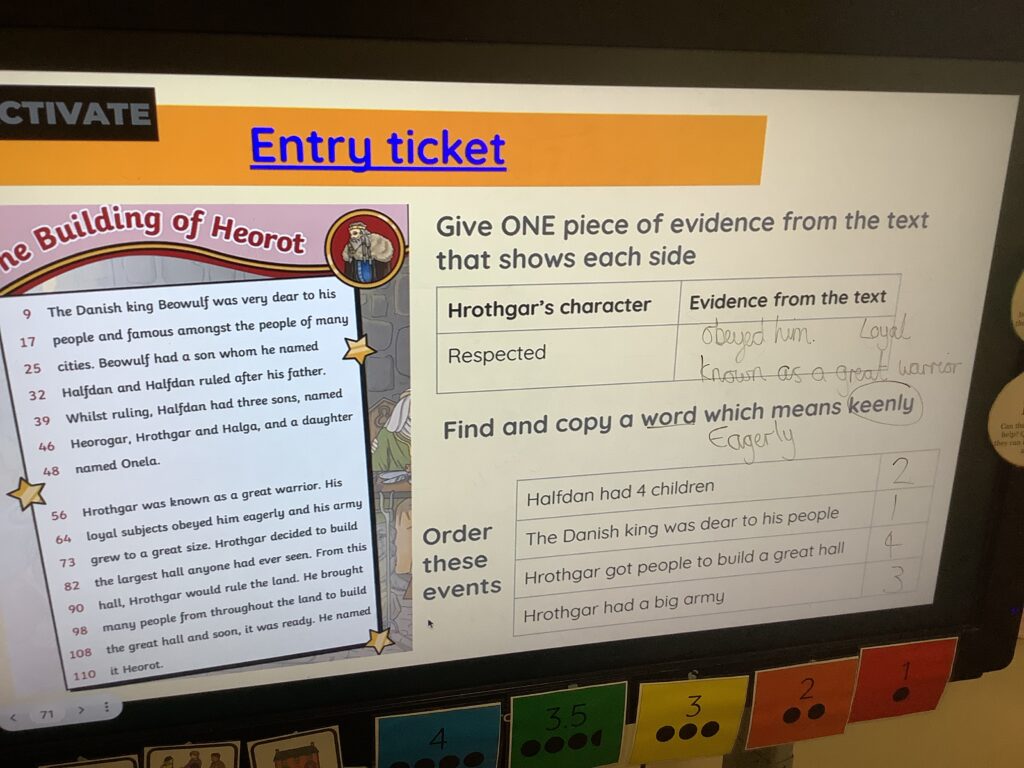
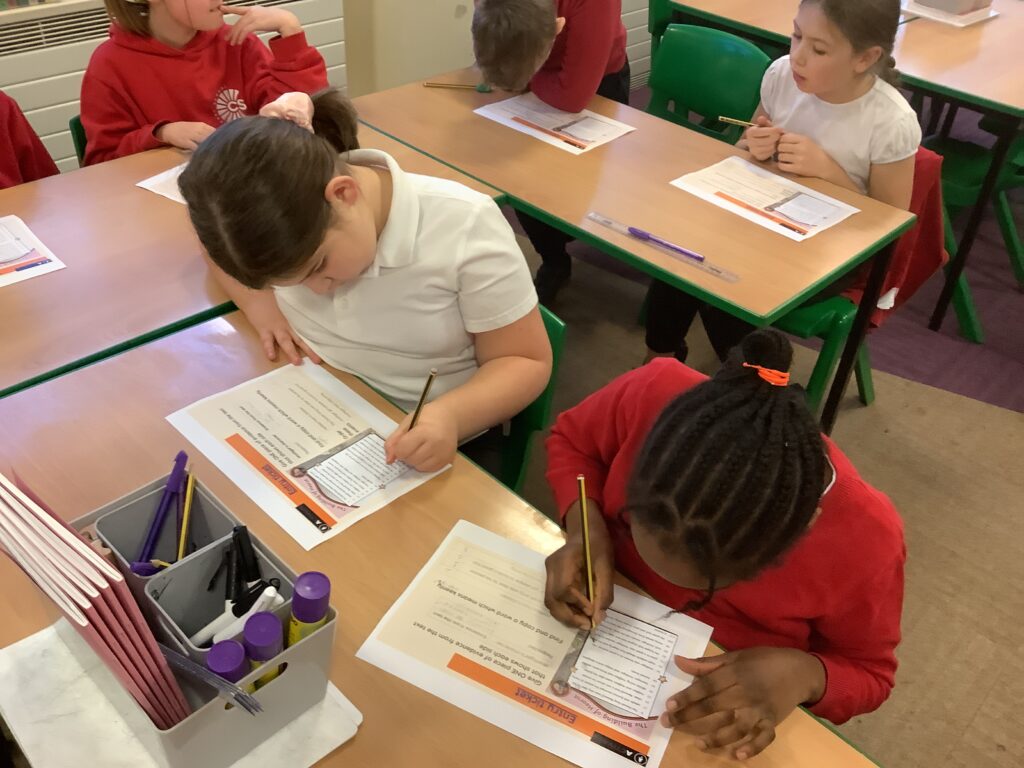
As we have been looking at the number 1 in maths, we thought it would be fun to count to 1 and use these skills to create flapjacks!
We had to count out 1 heaped tablespoon of oats, 1 tablespoon of honey, and 1 teaspoon of butter. We mixed all the ingredients together and added to a bun case ready for Miss McGlone to put in the oven. We took them home to eat but they smelt delicious!
So the weather was really bad in our forest area so we were unable to in there but it didn’t stop us from doing what we normal do in there. We made our very own turtles, using wool, lollipop sticks and felt tip pens.

